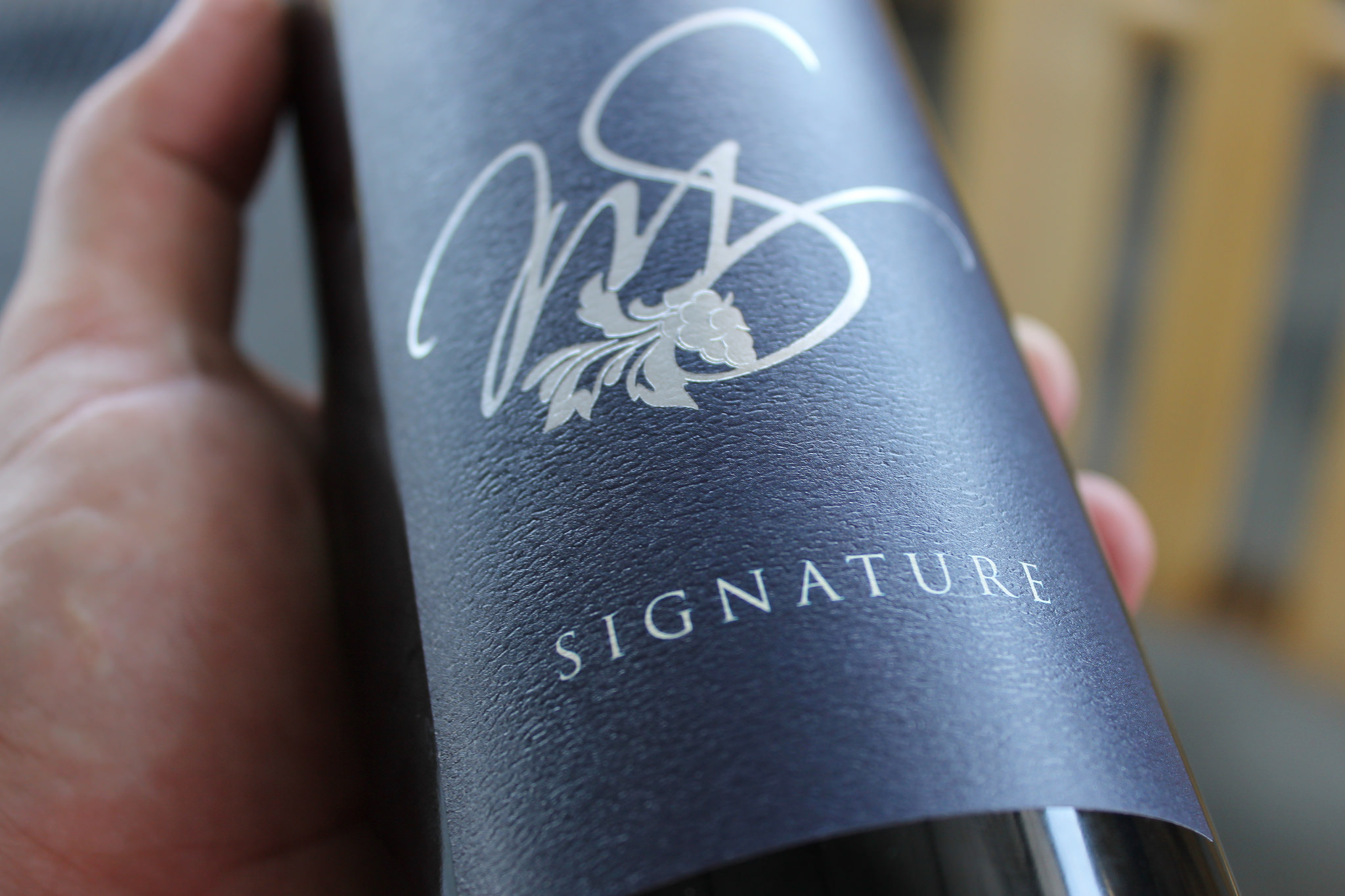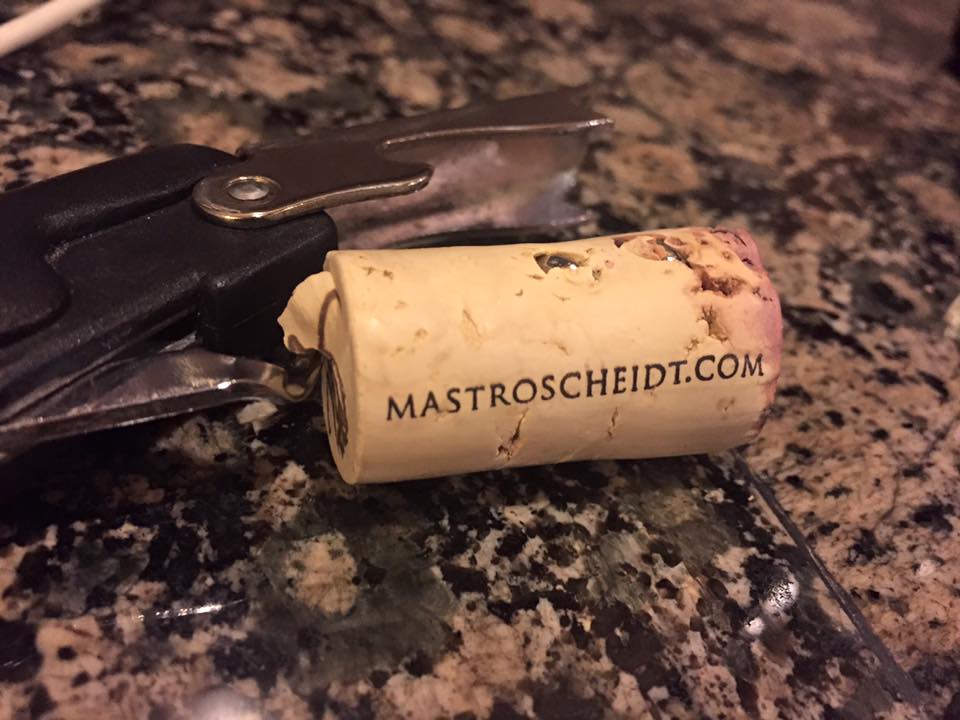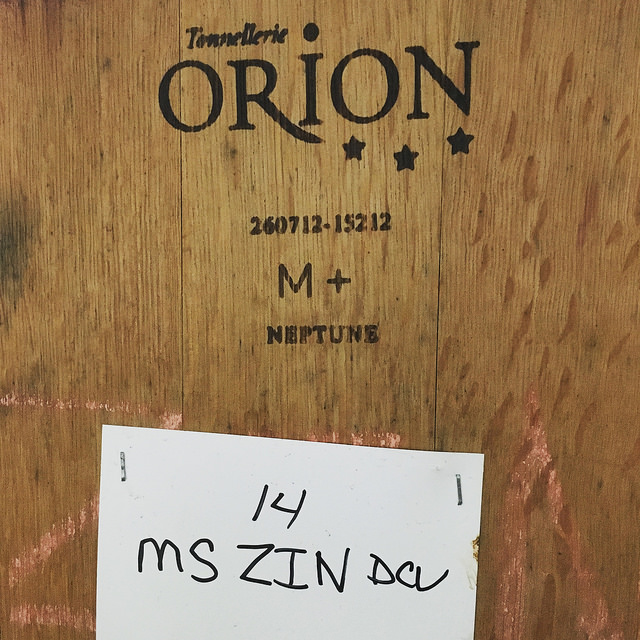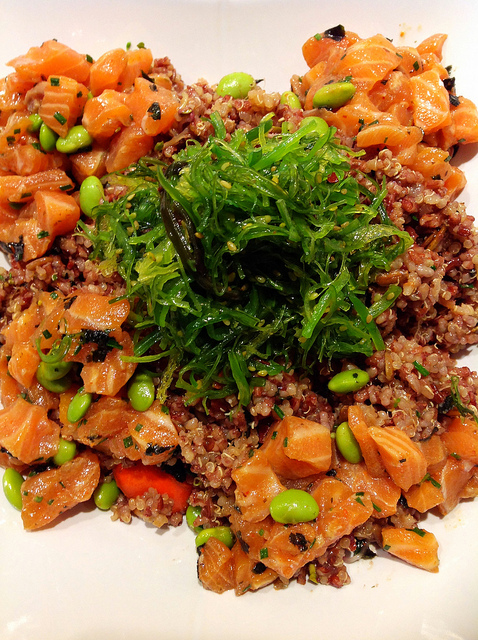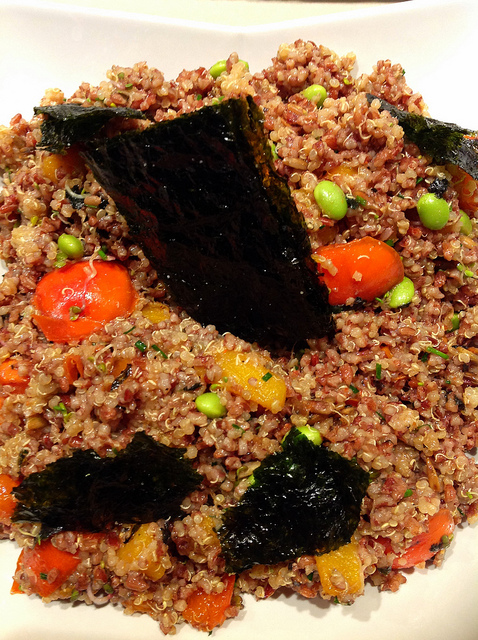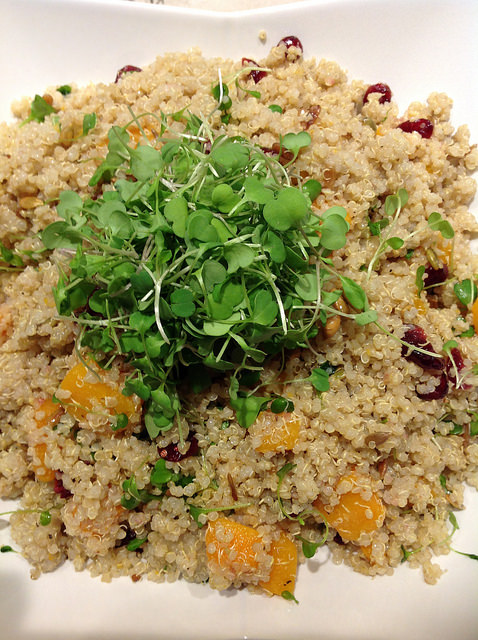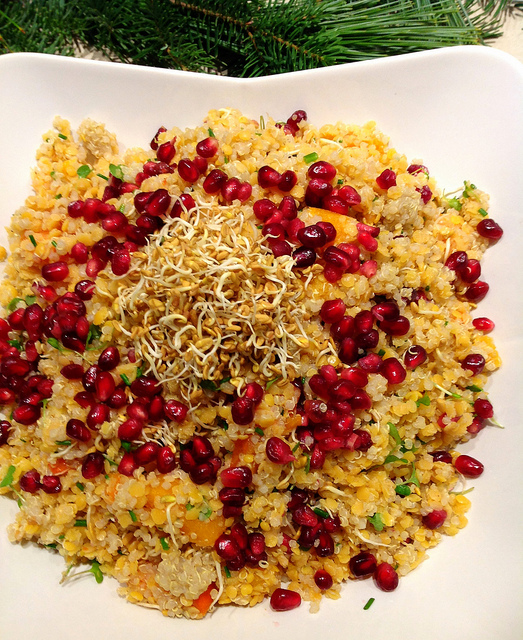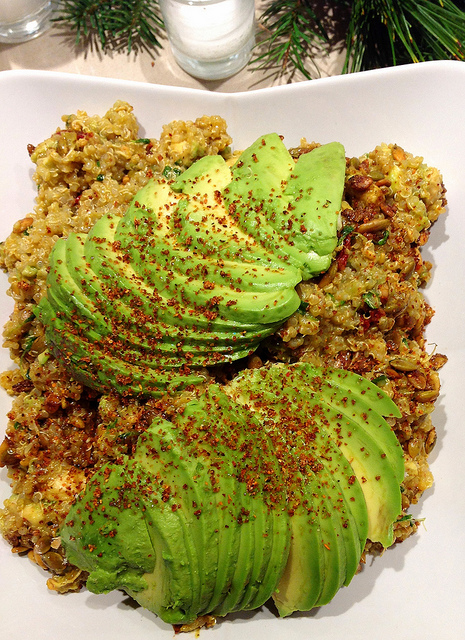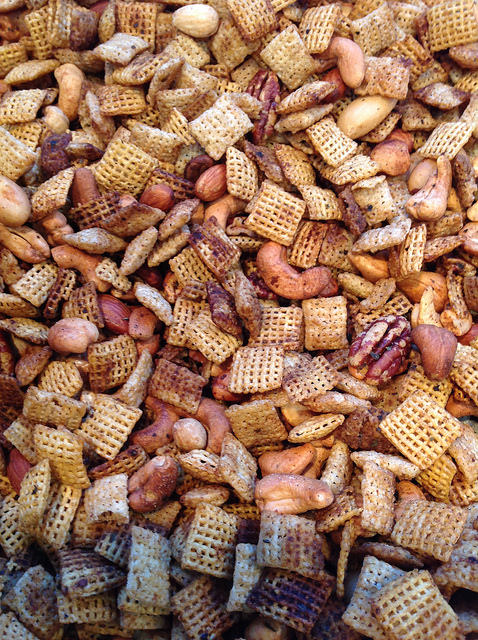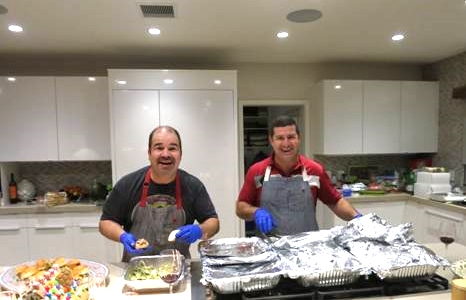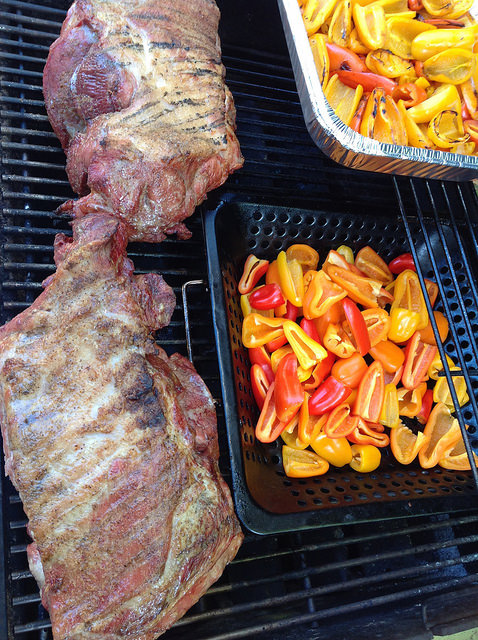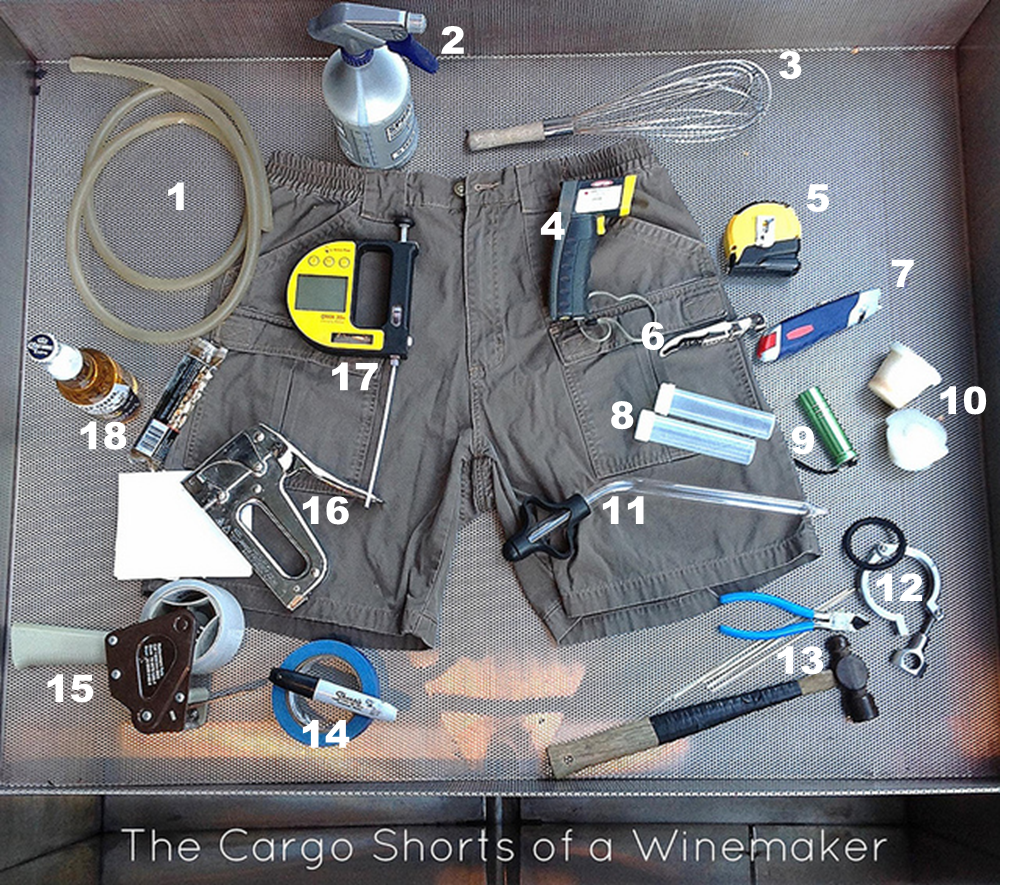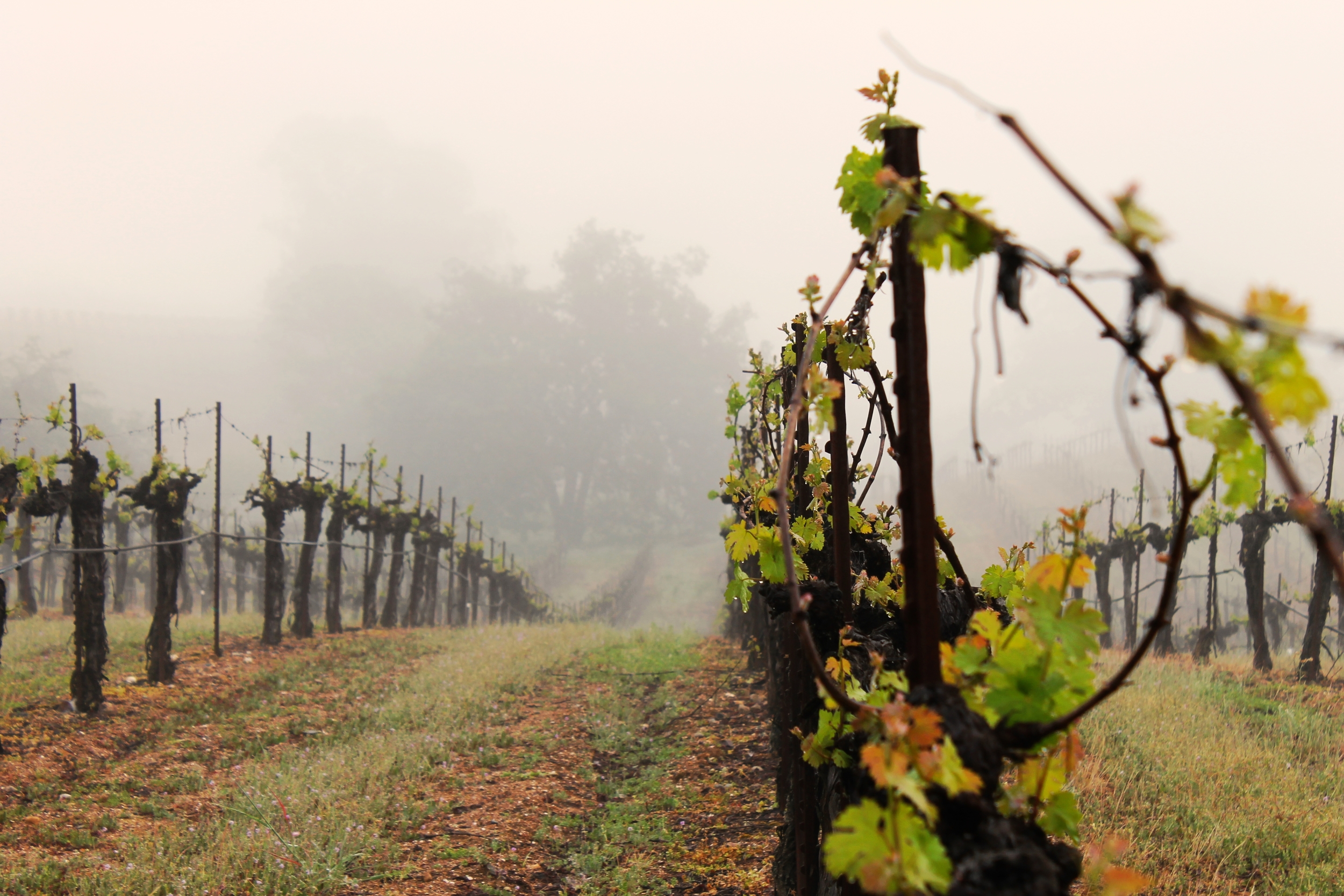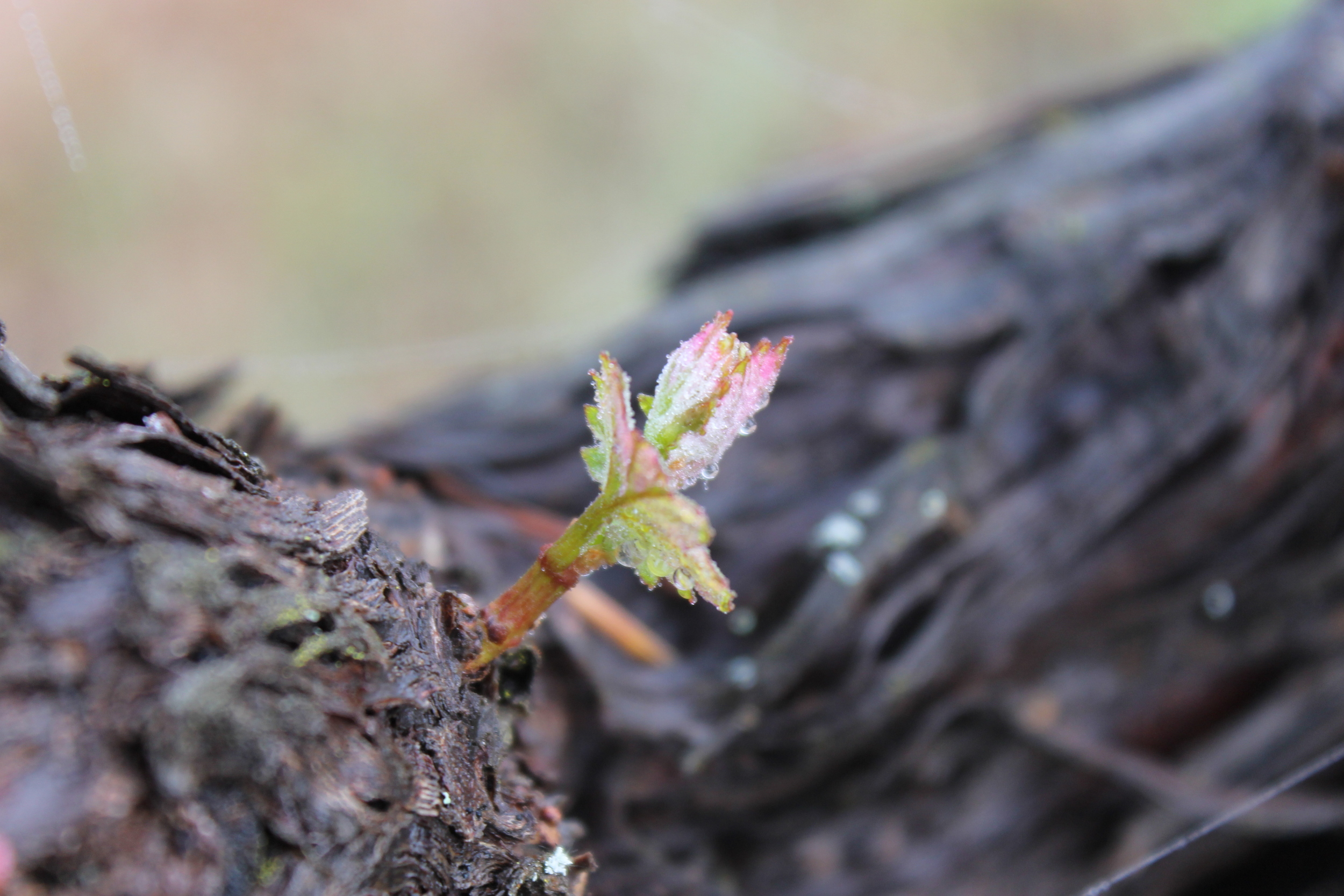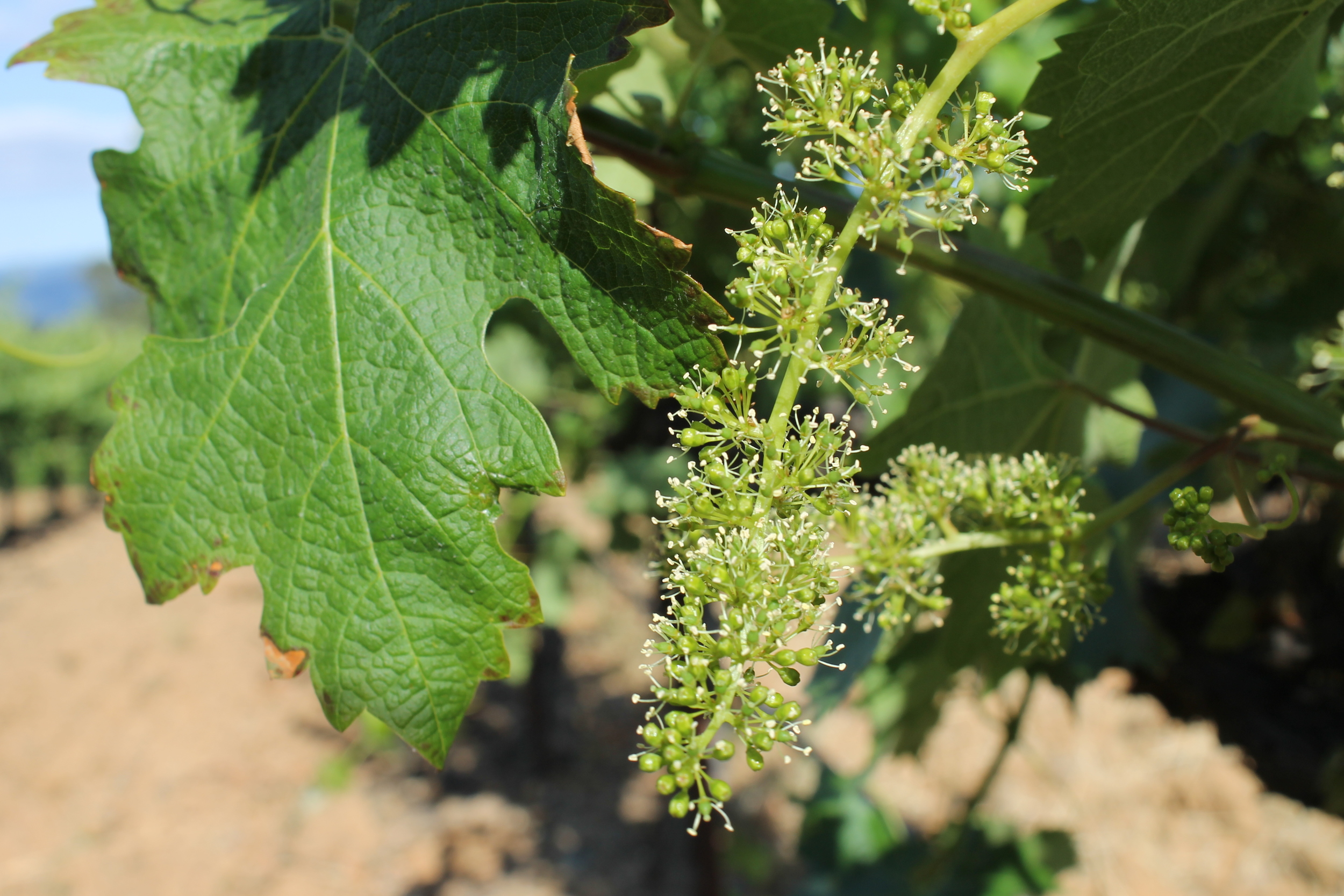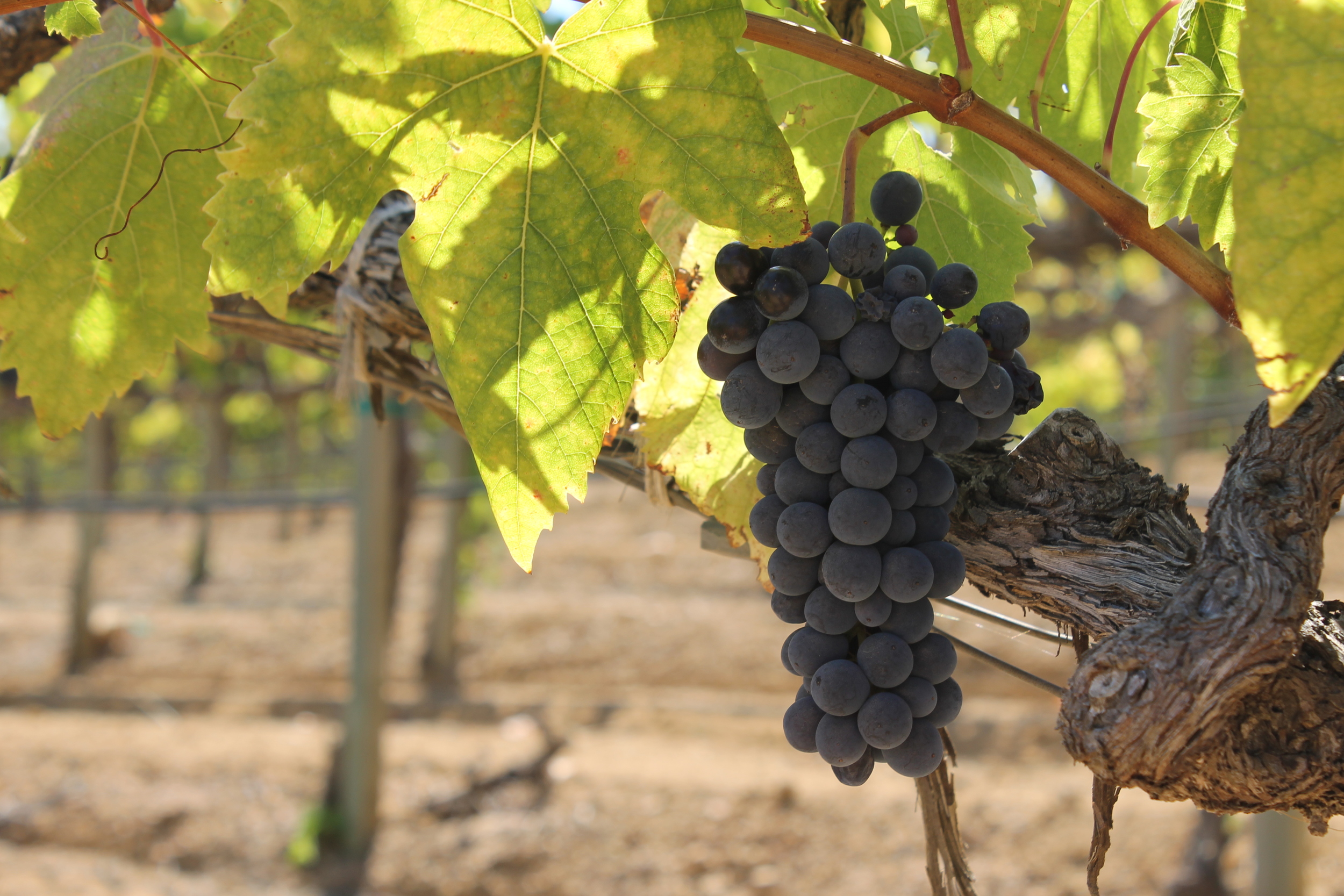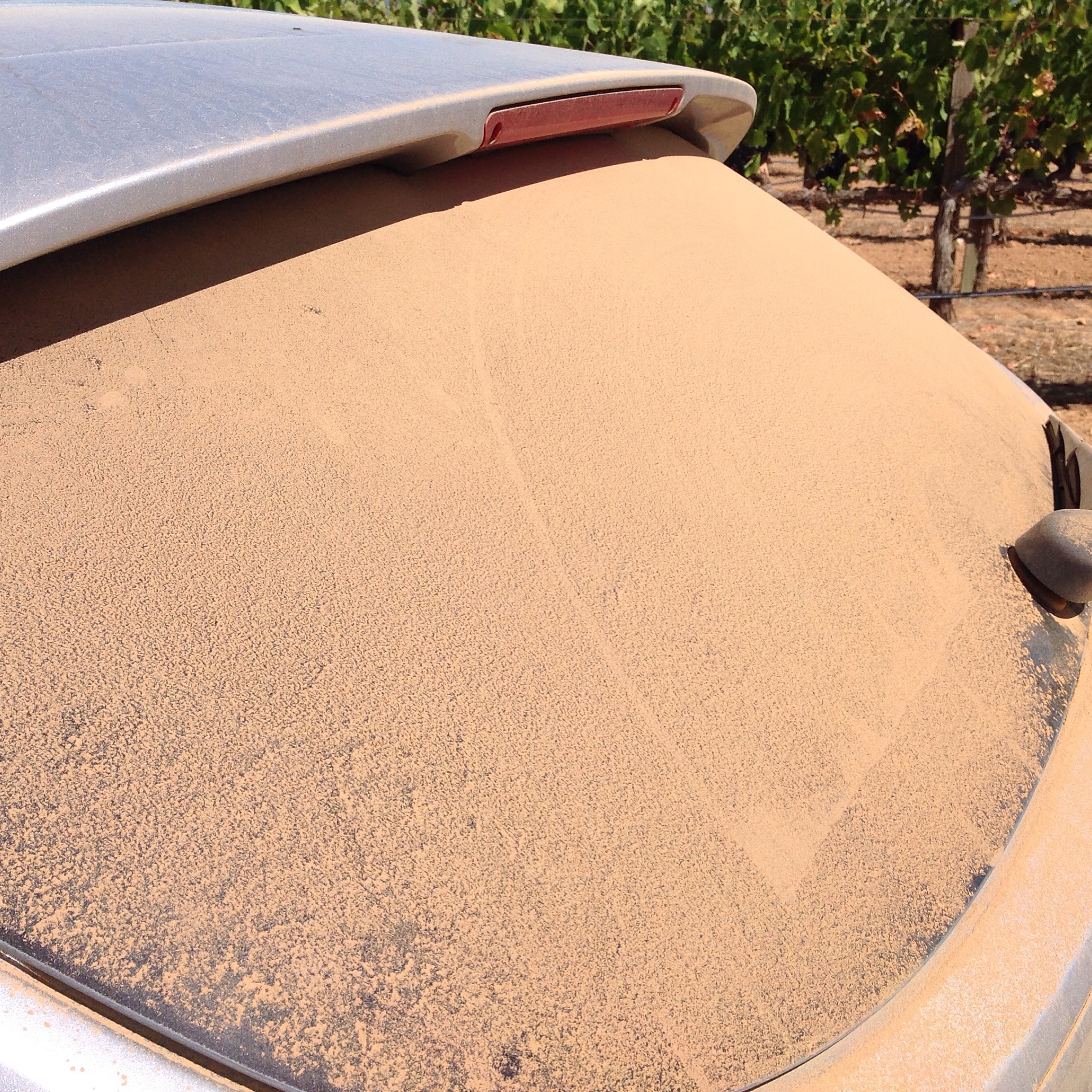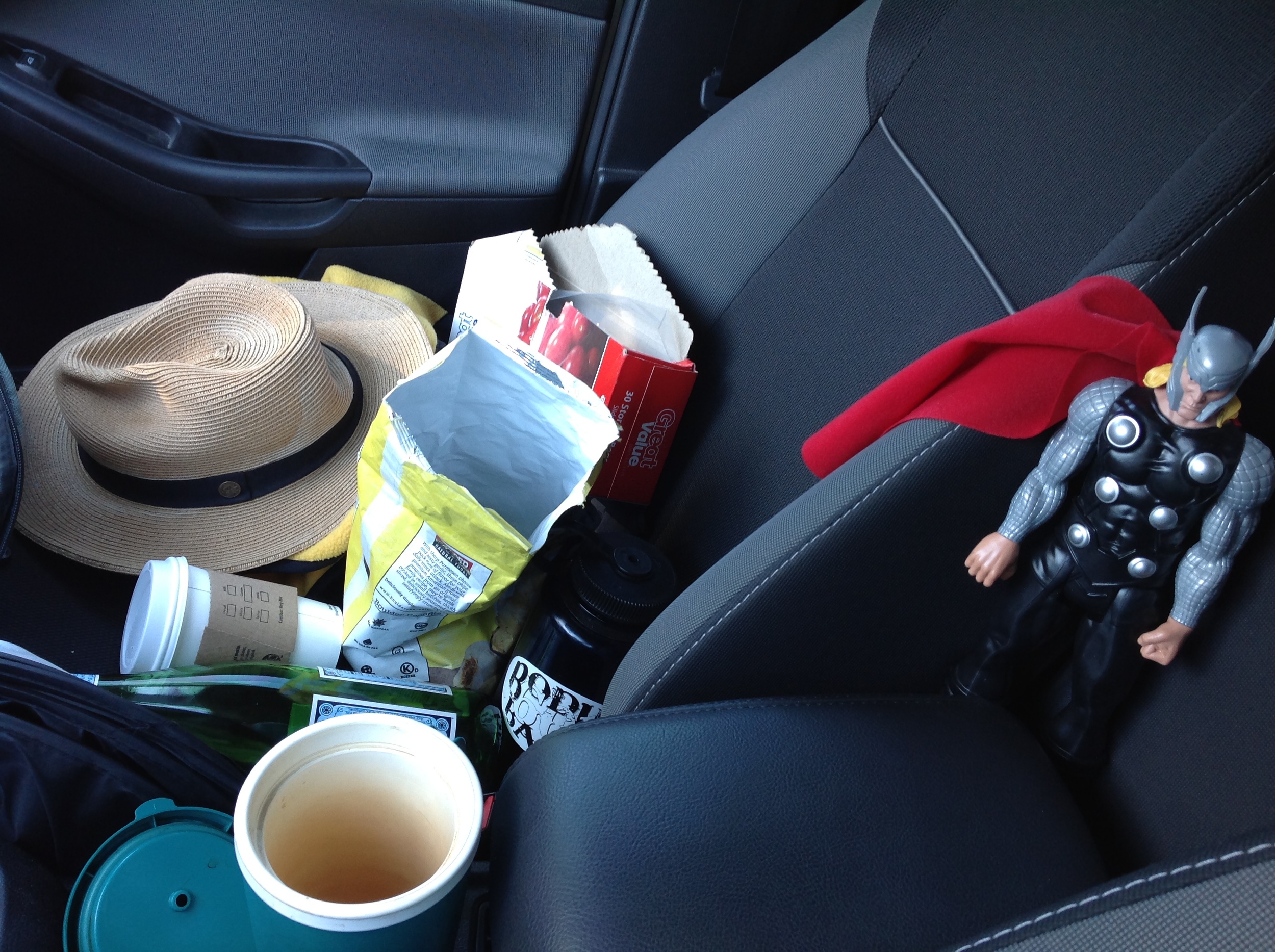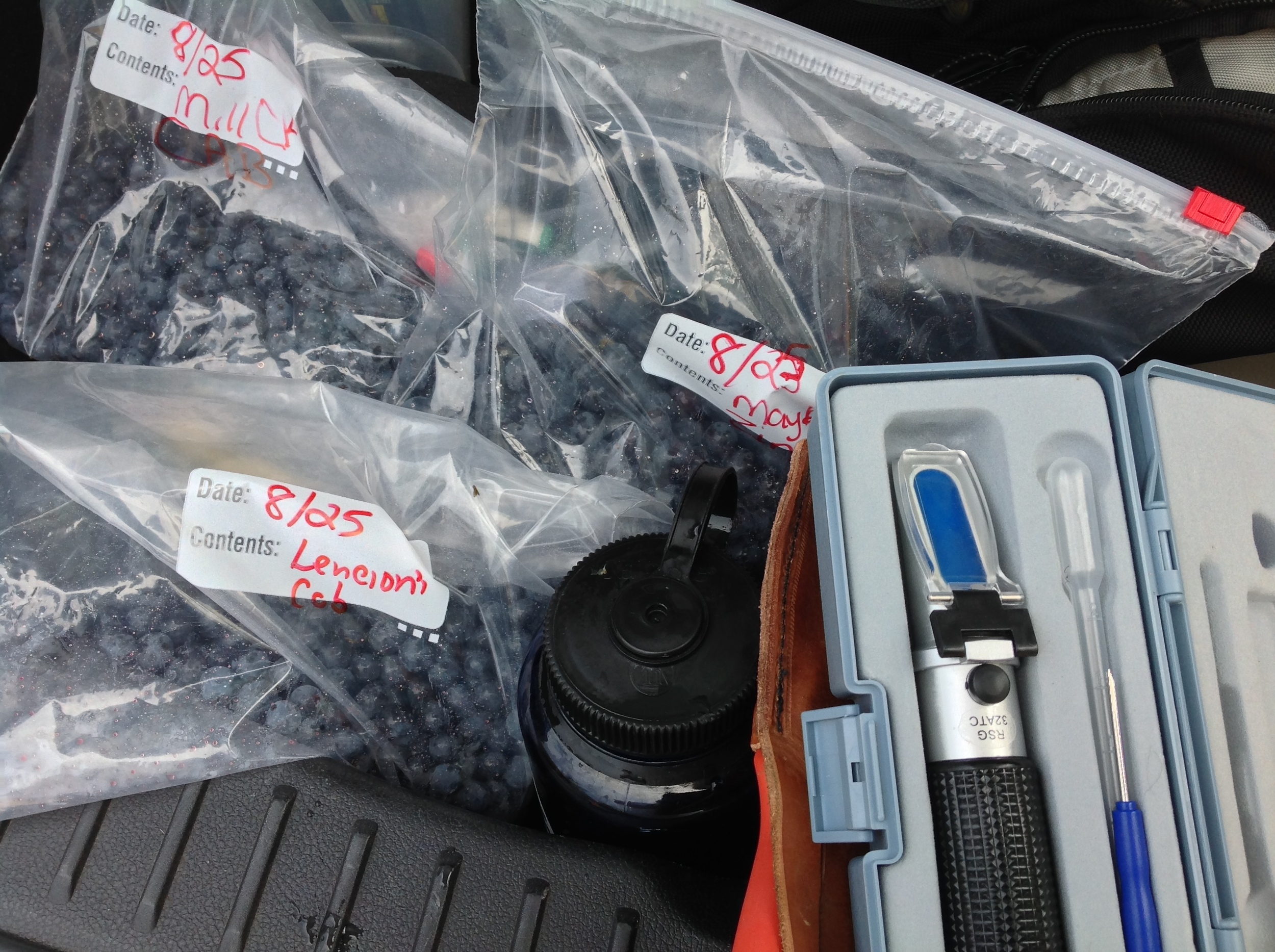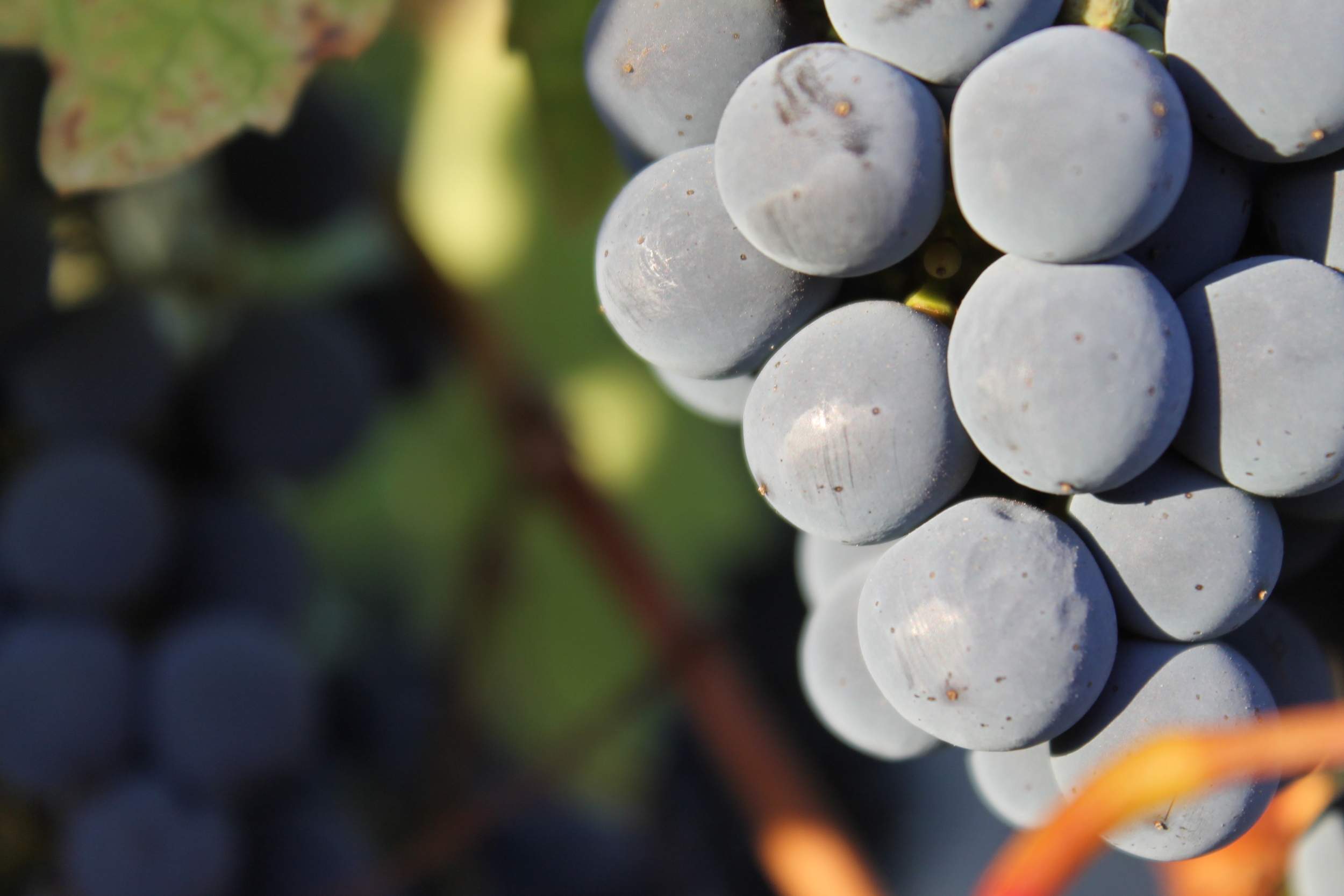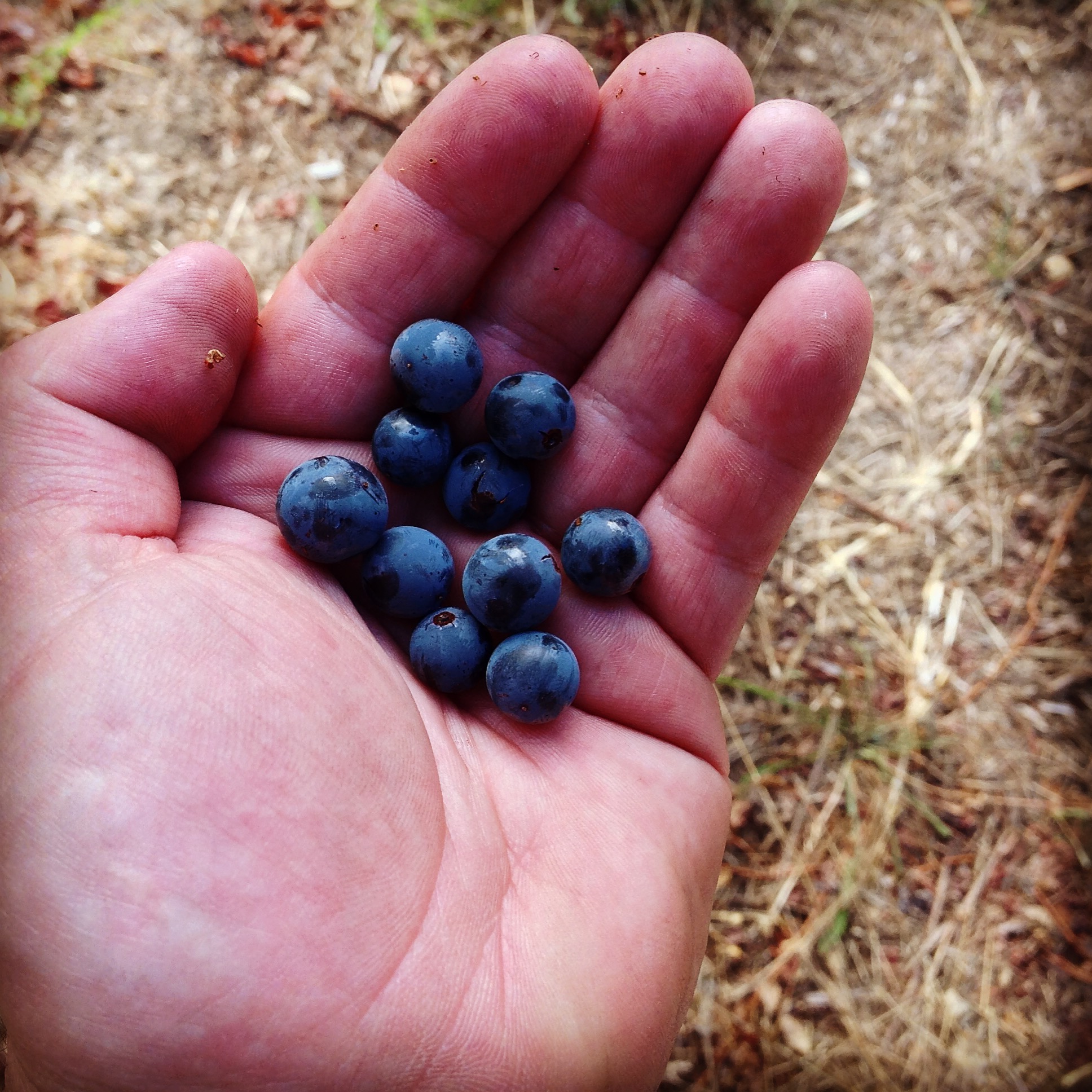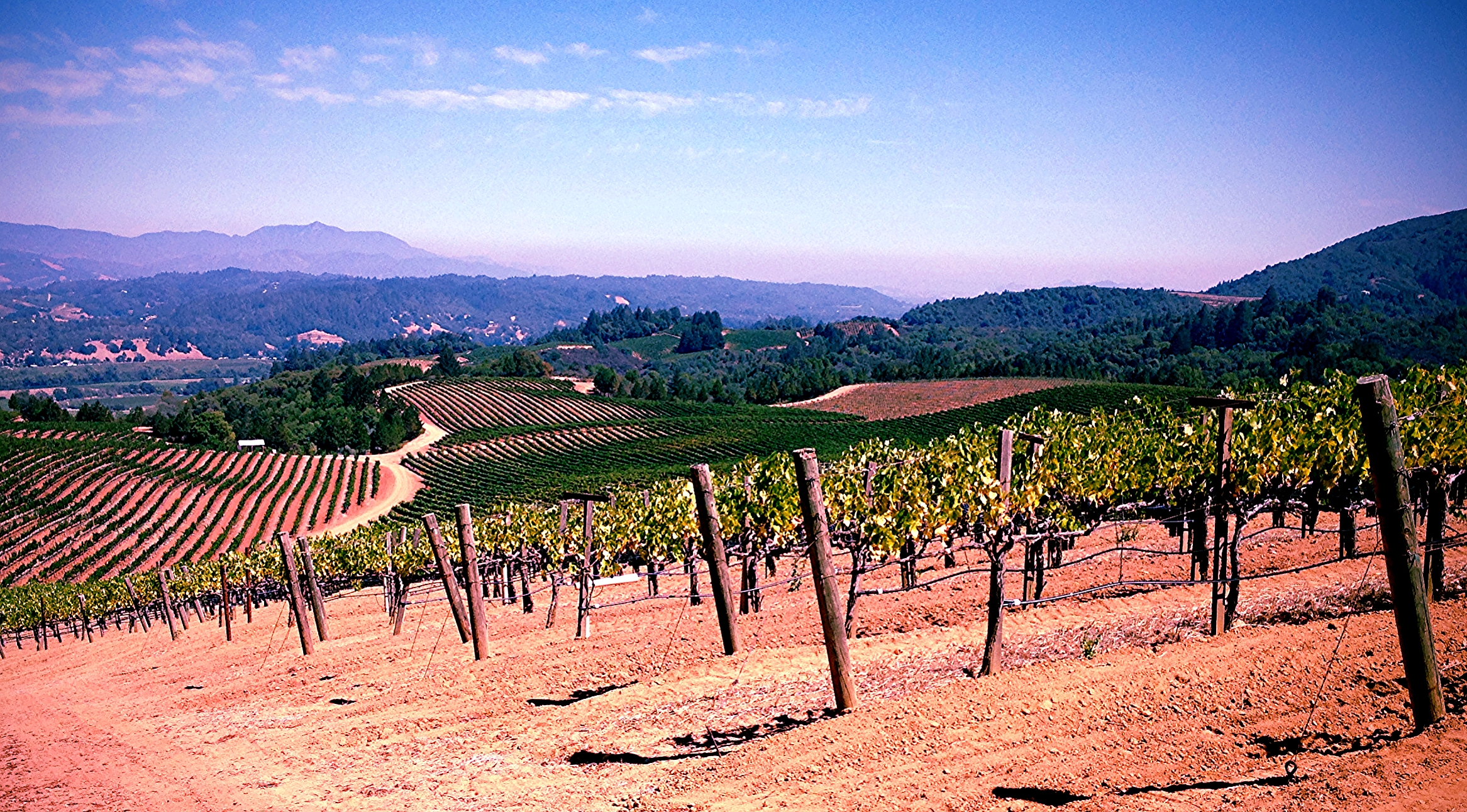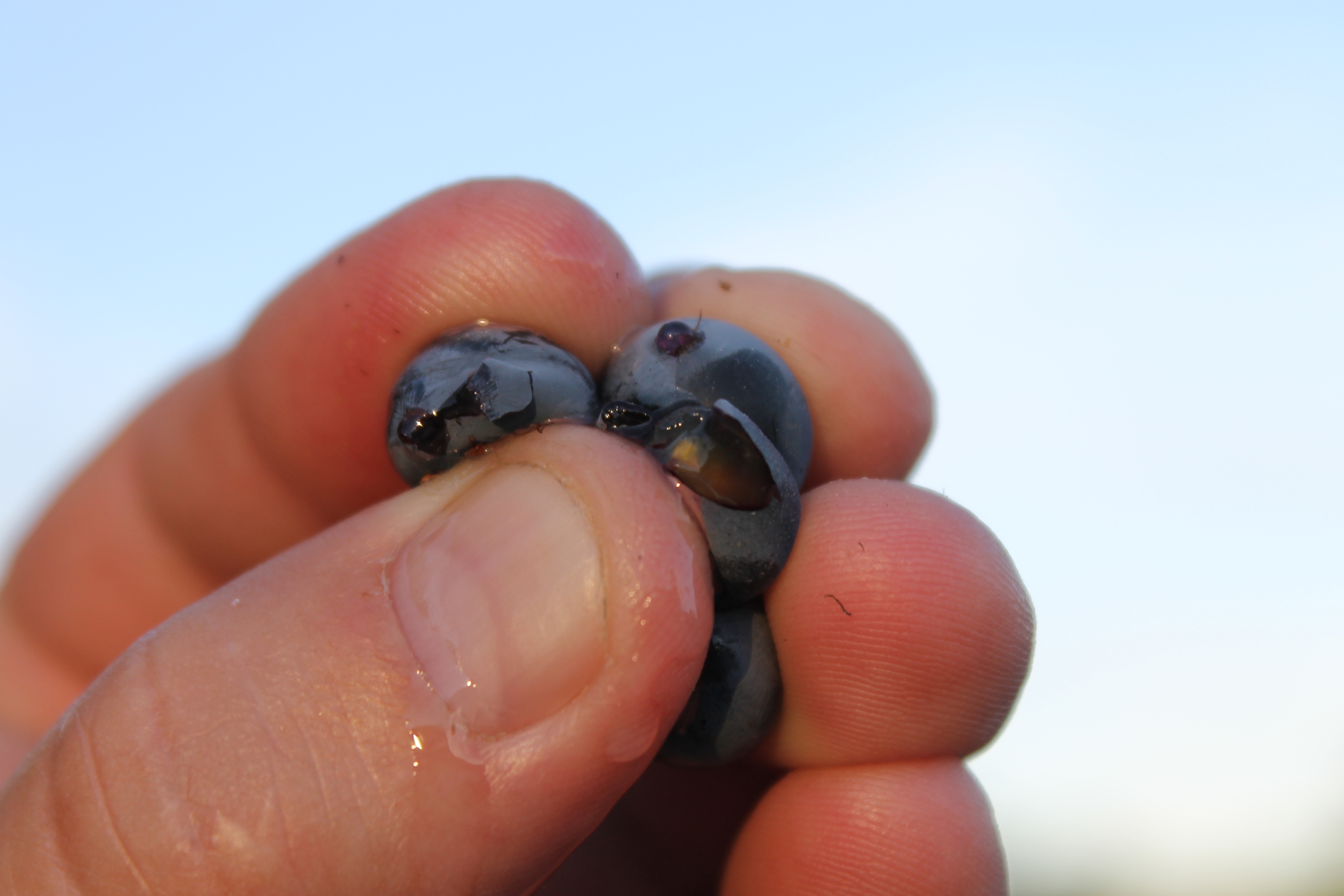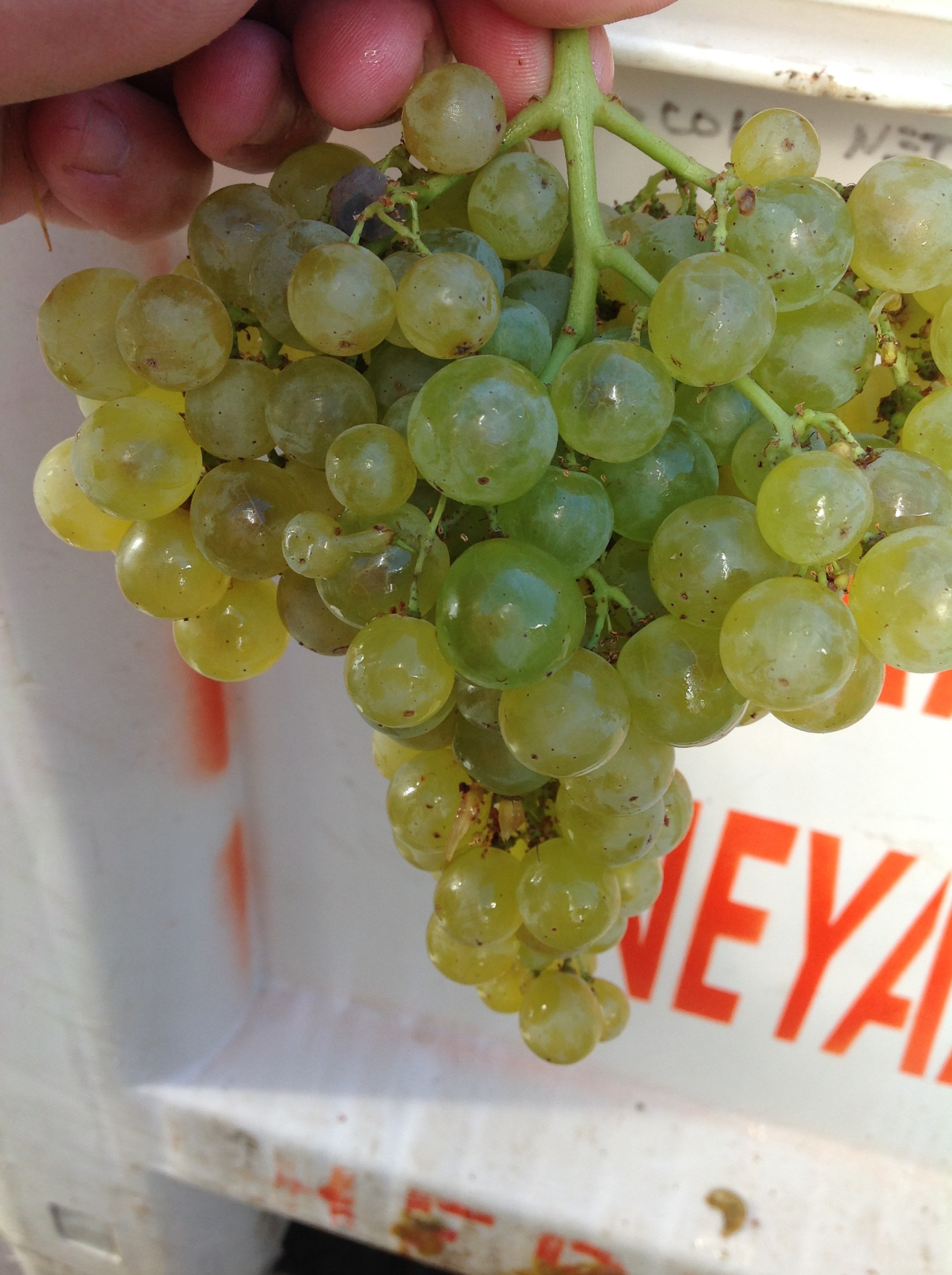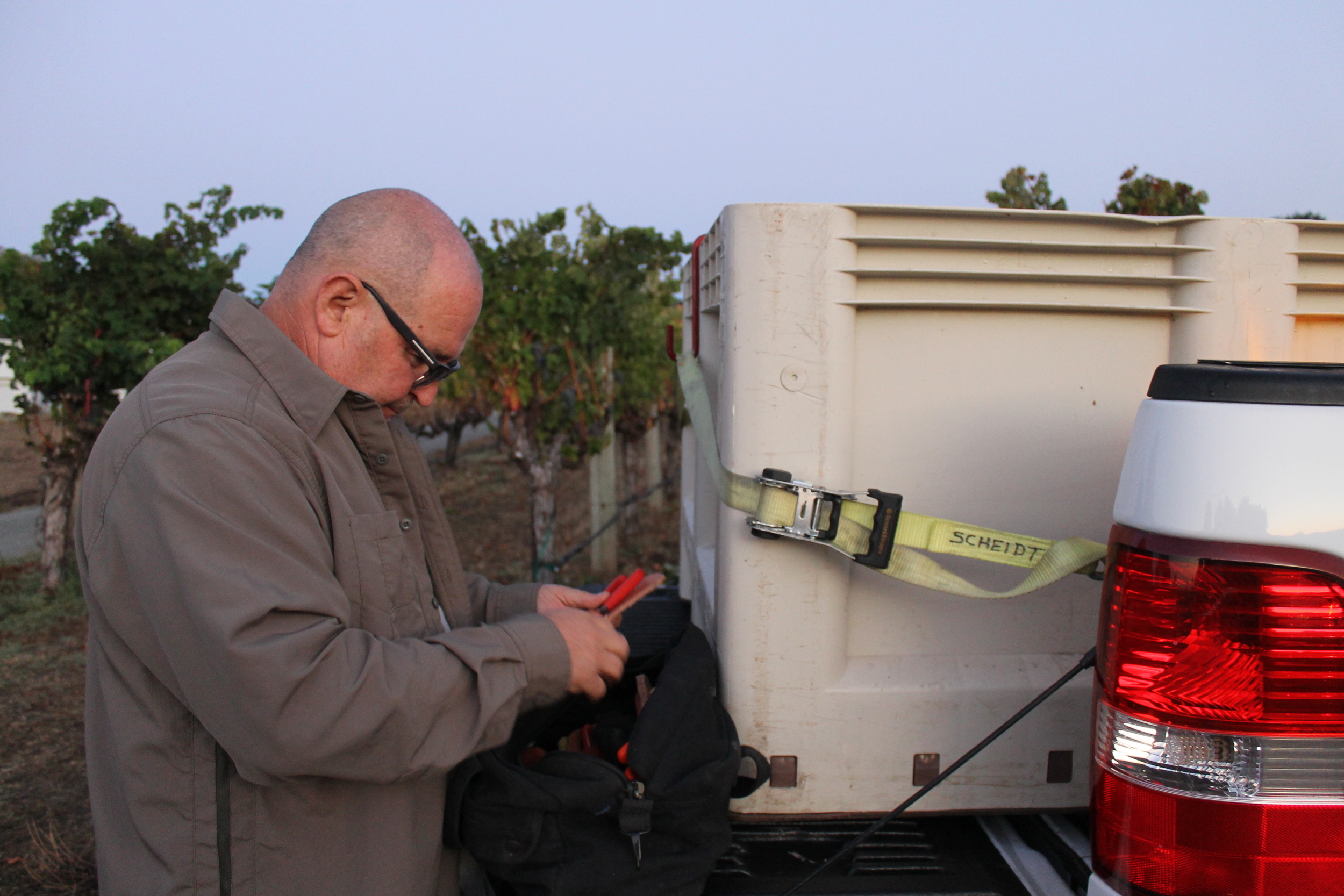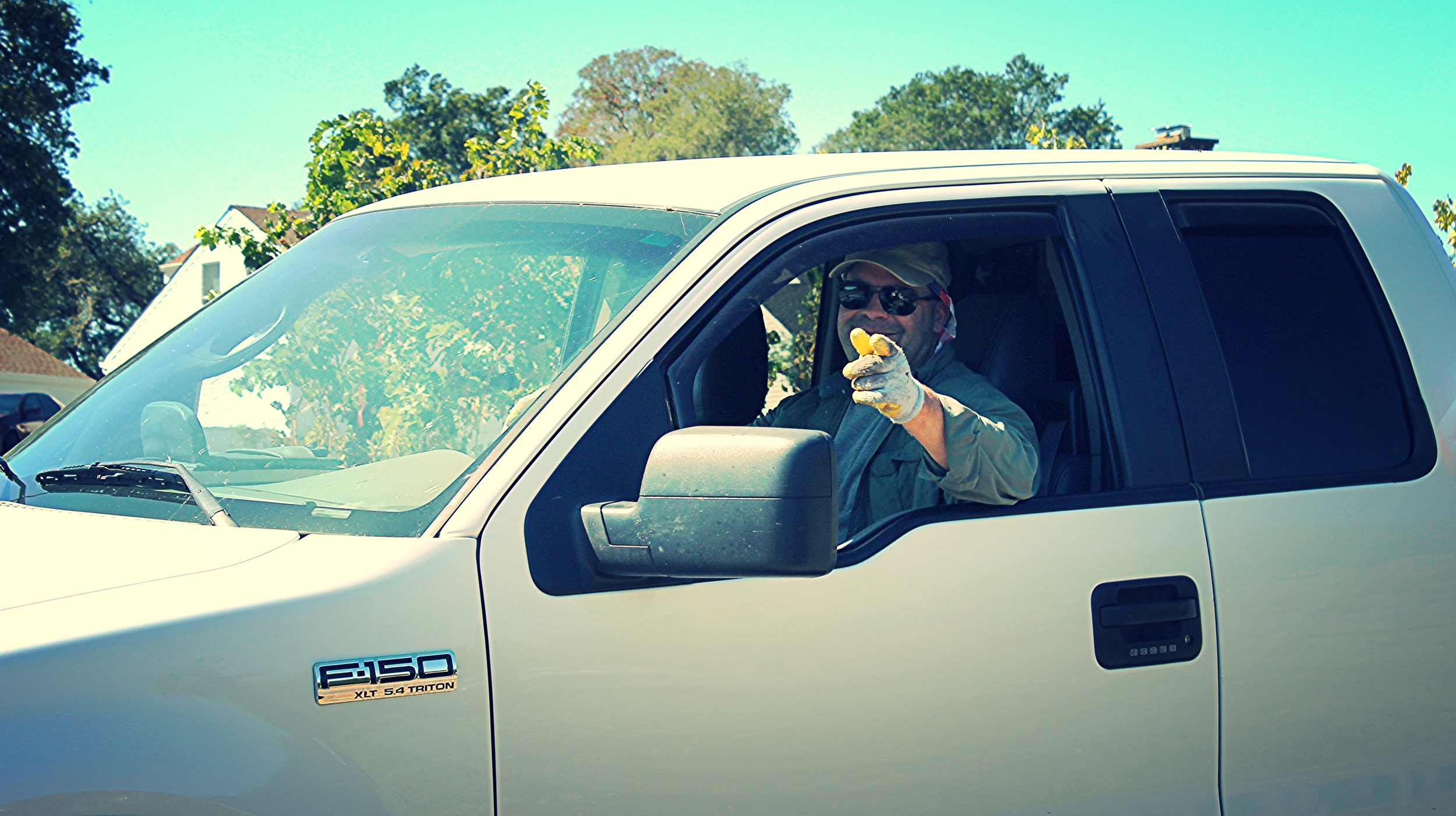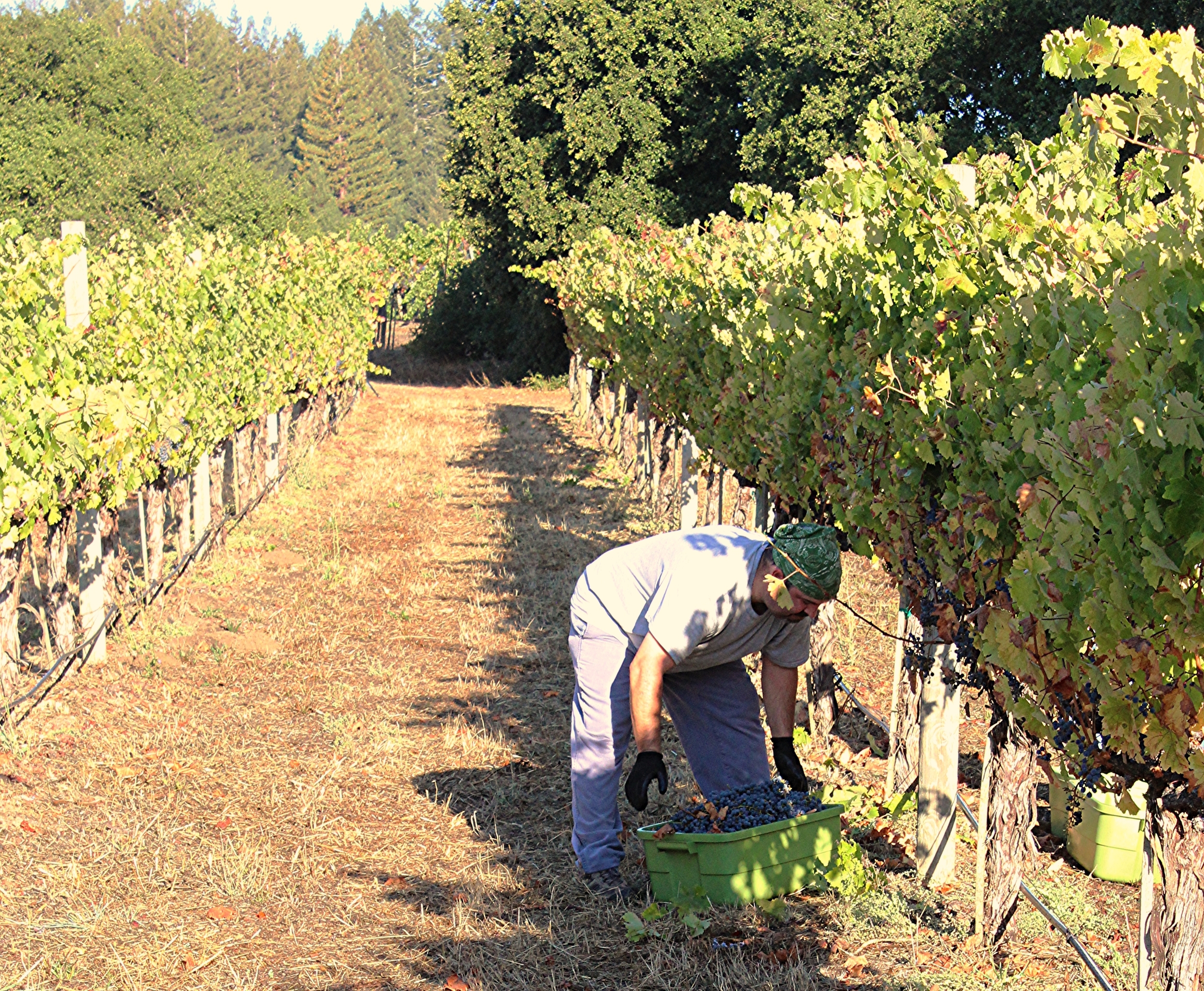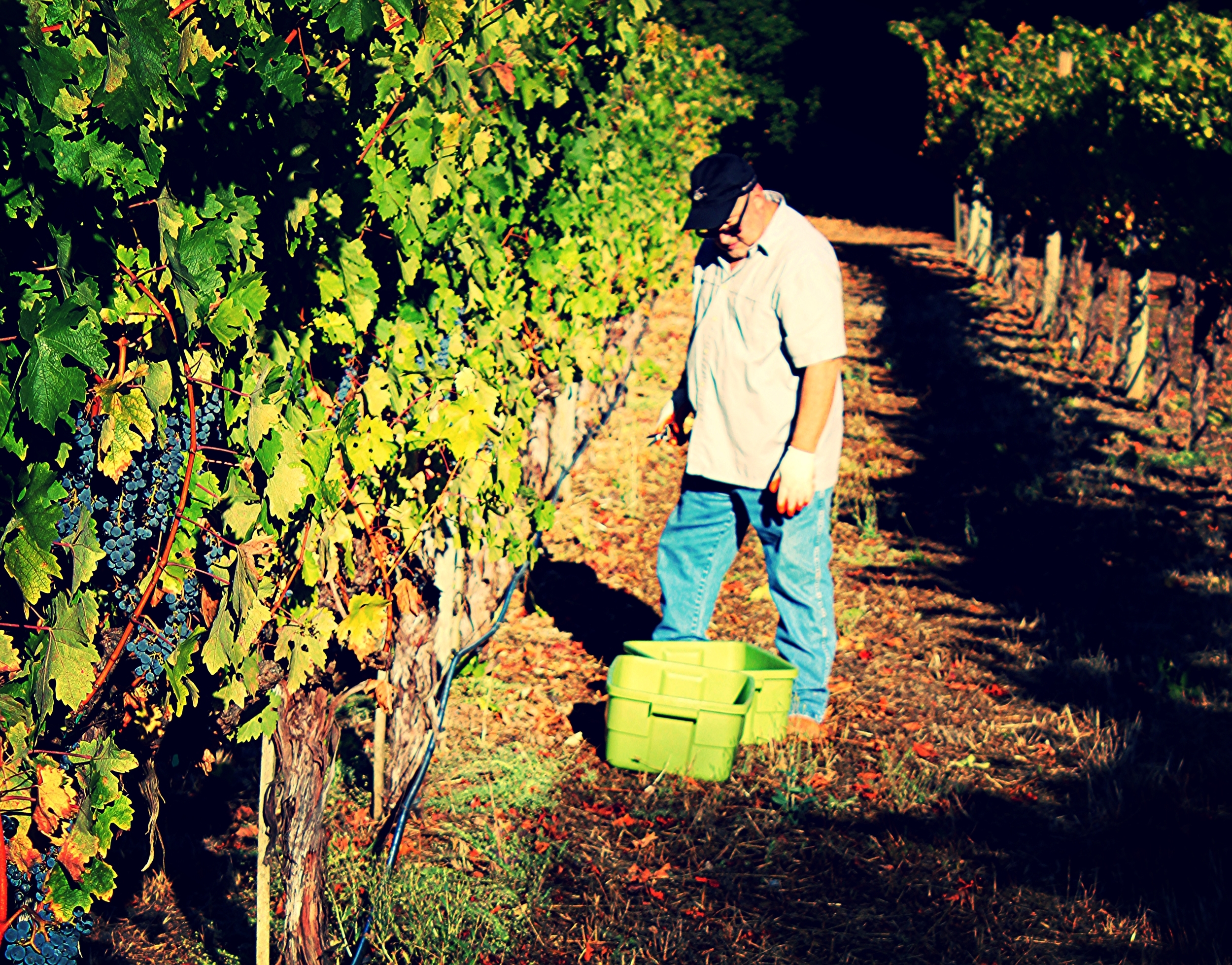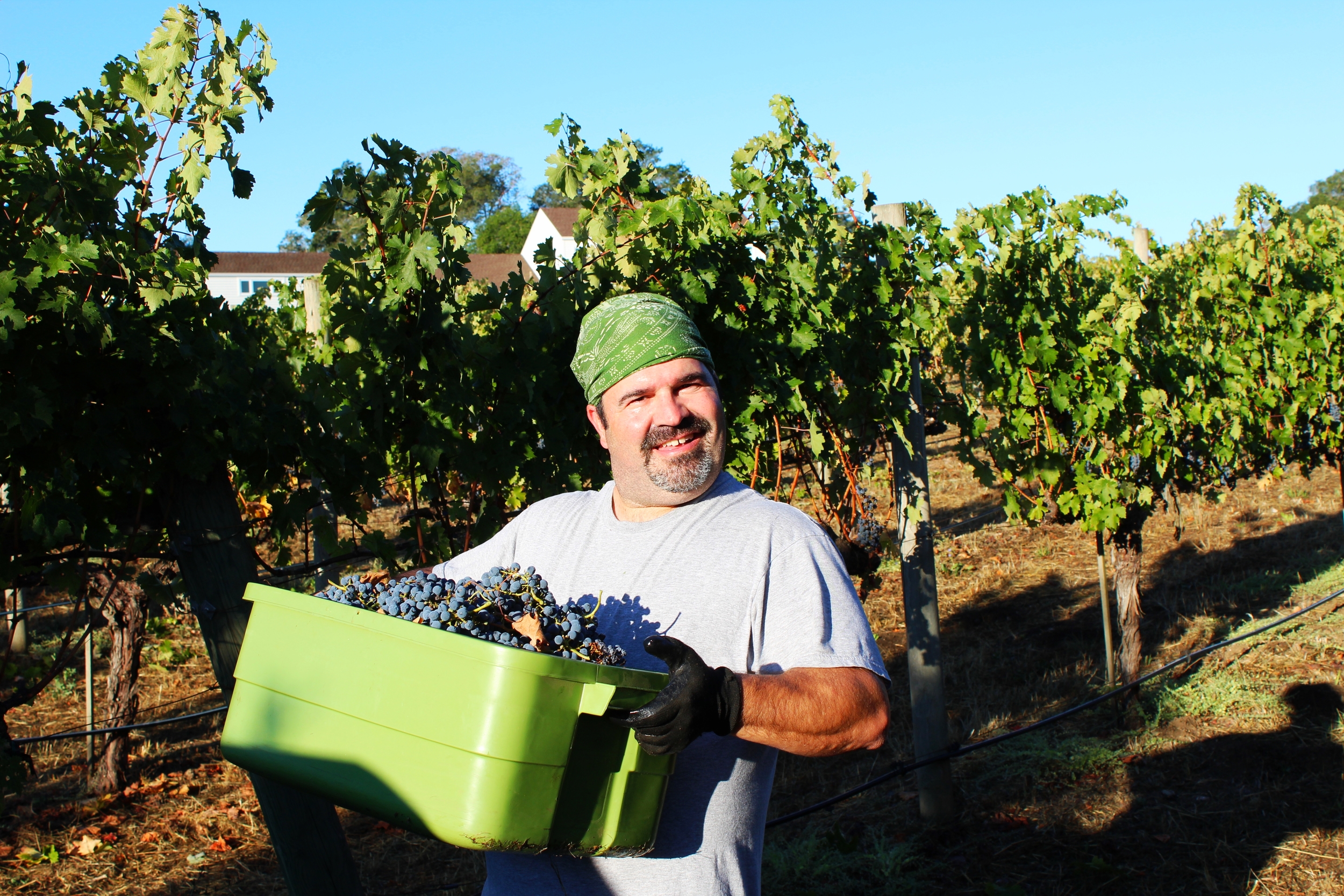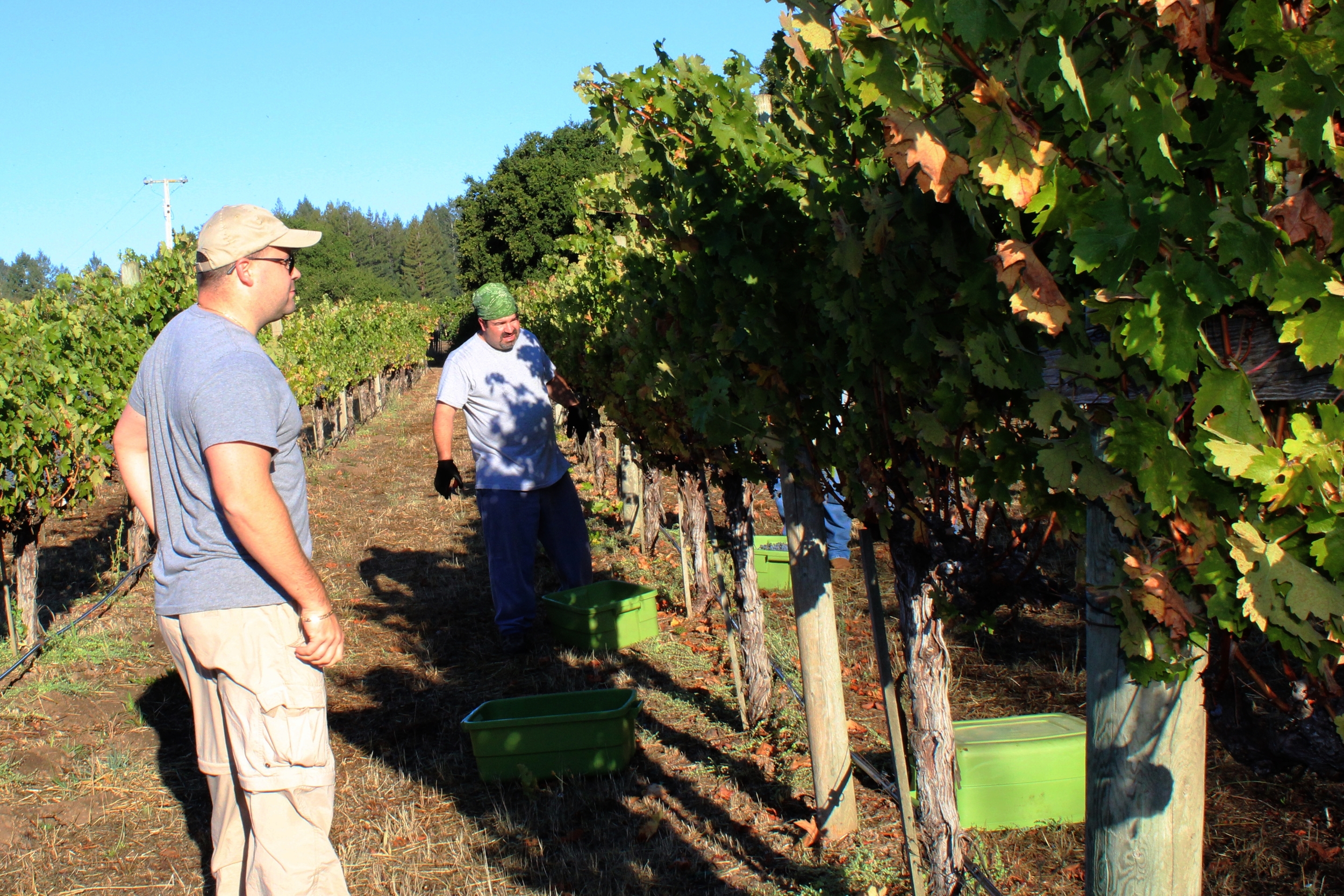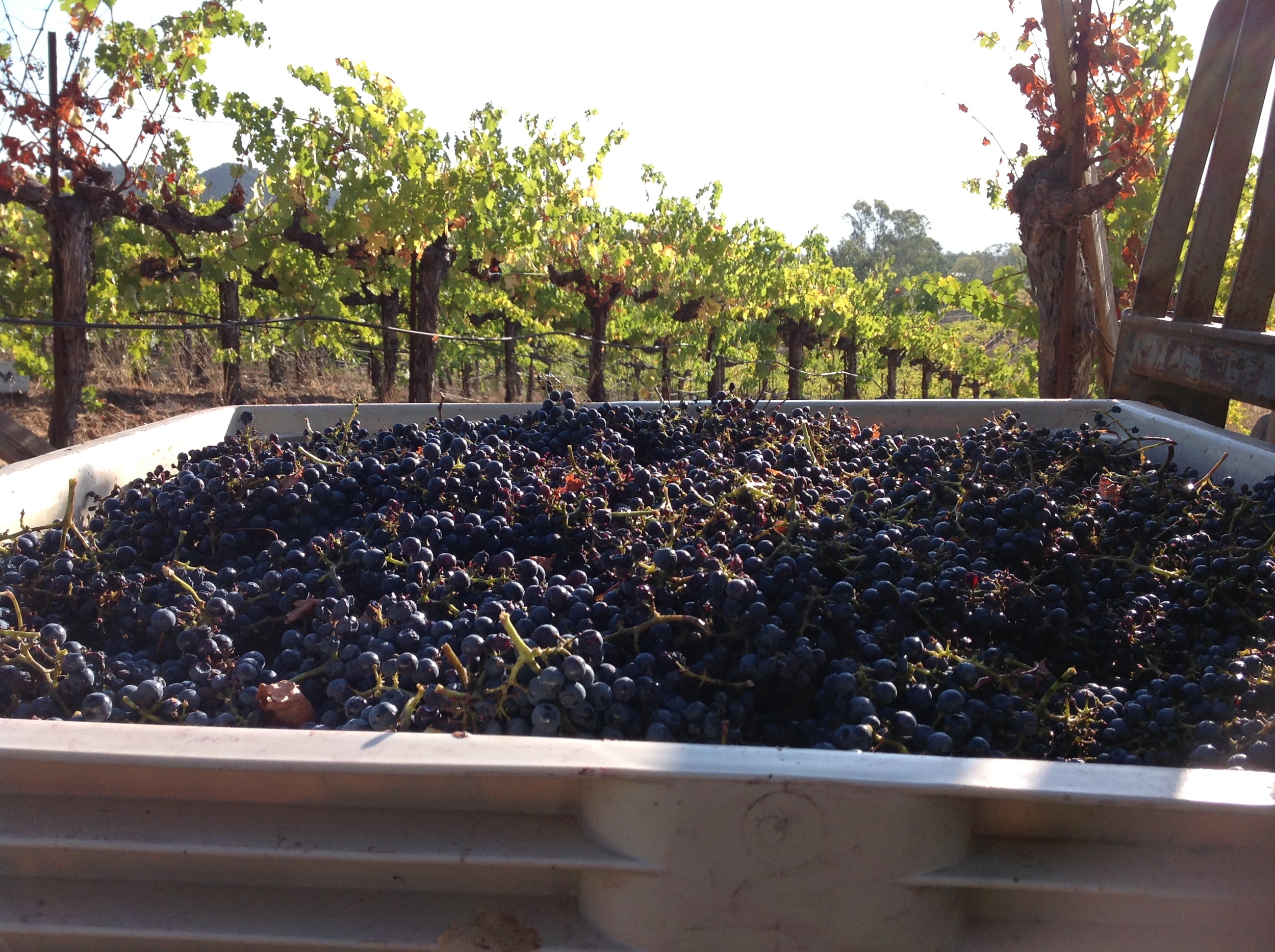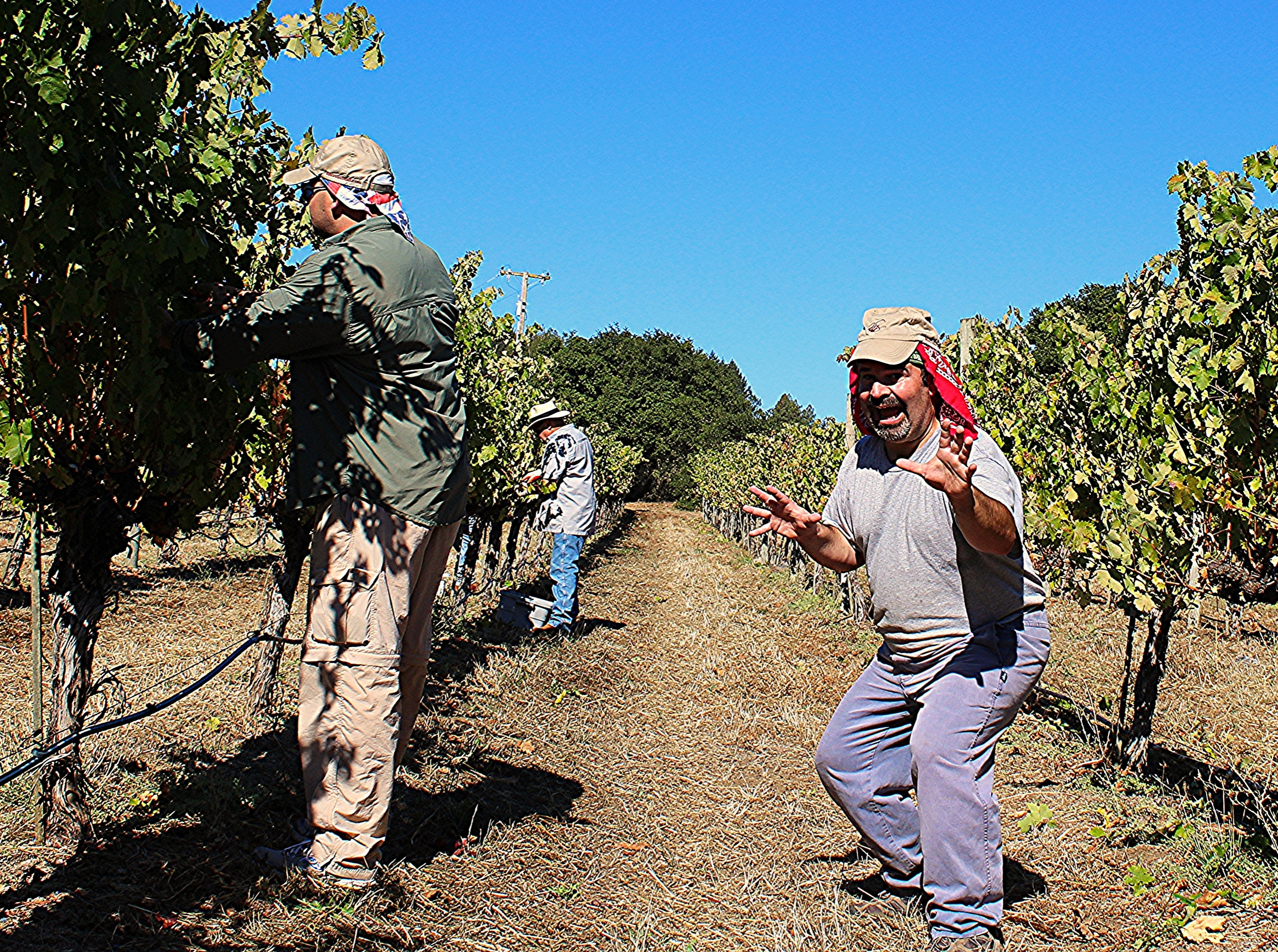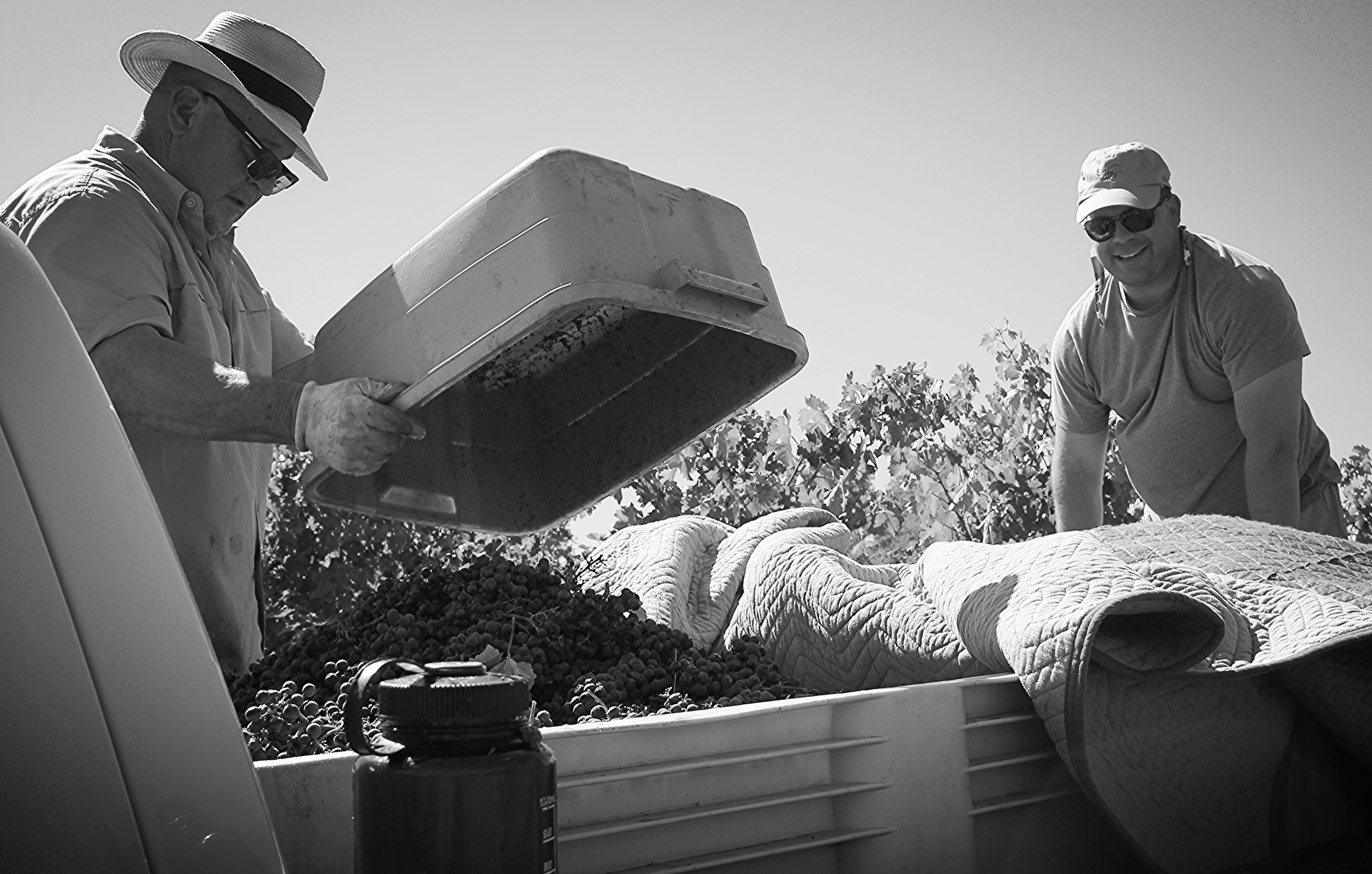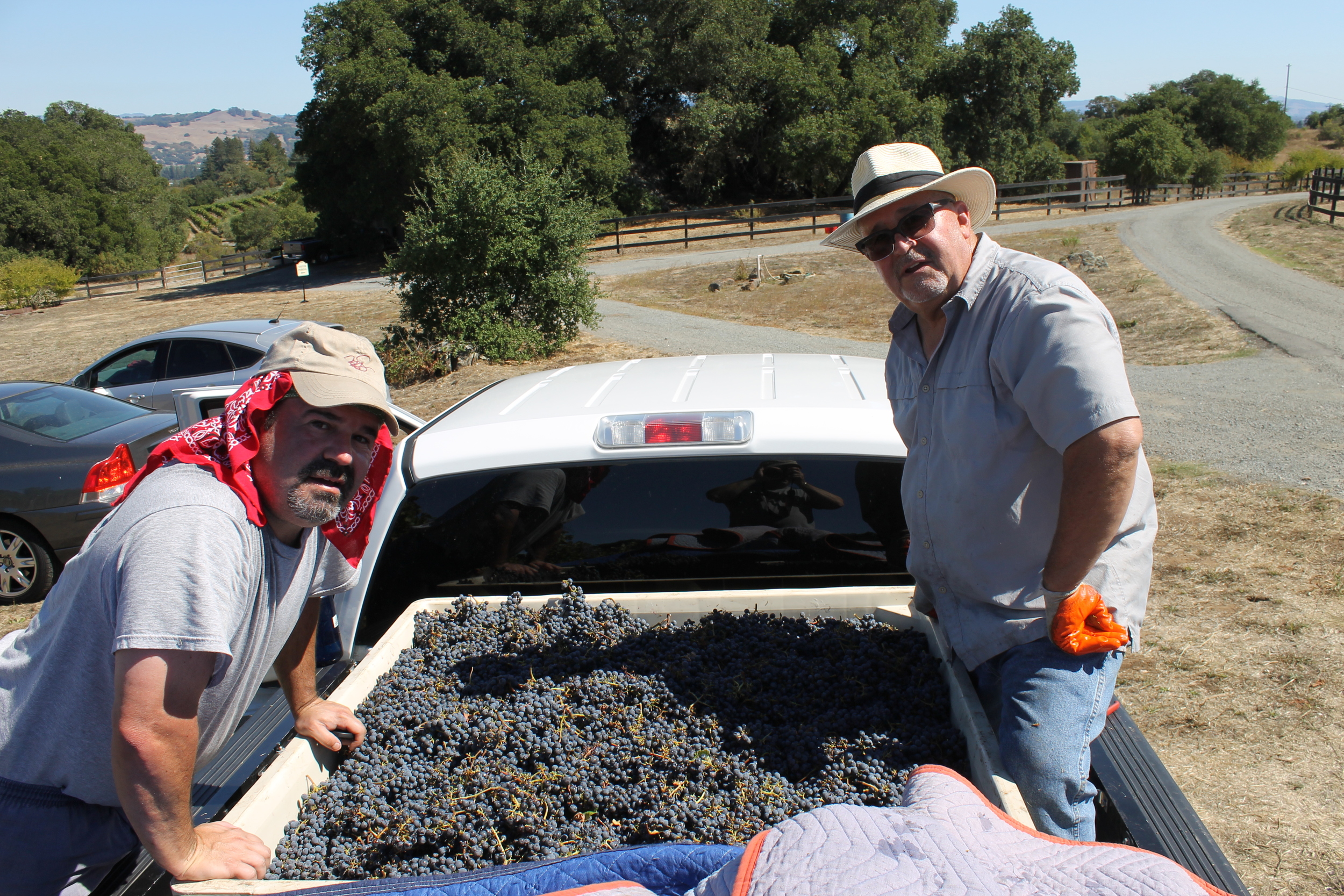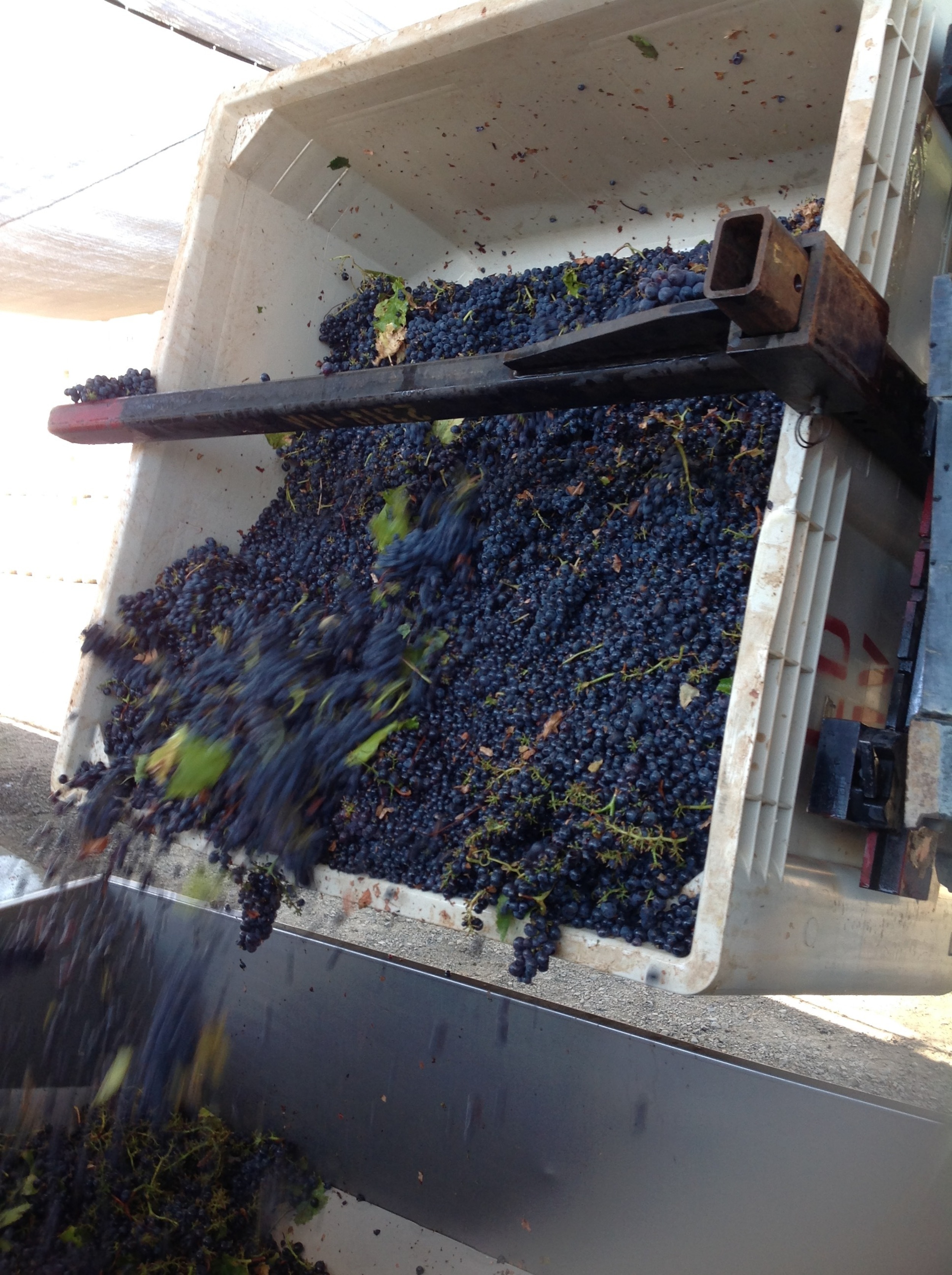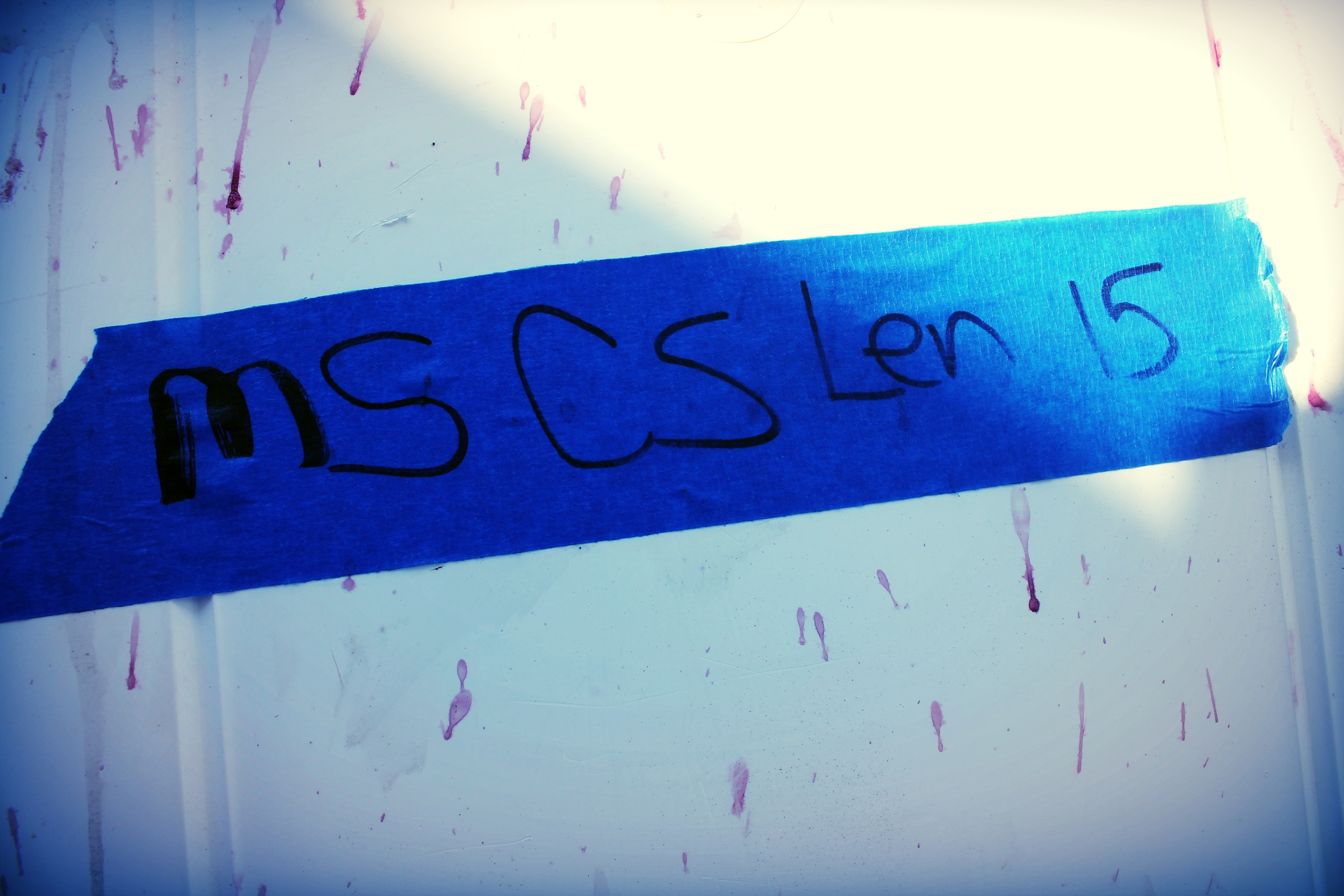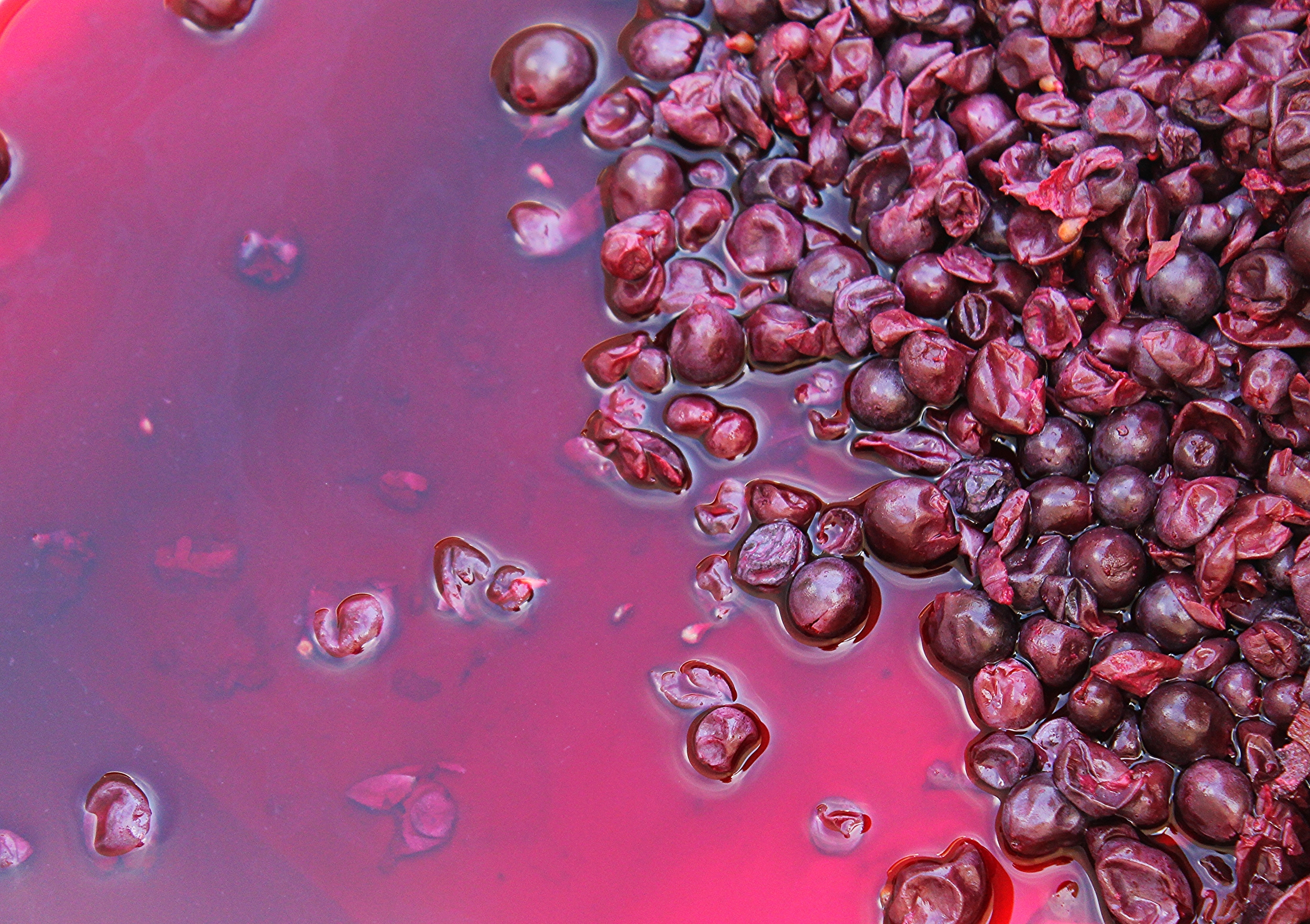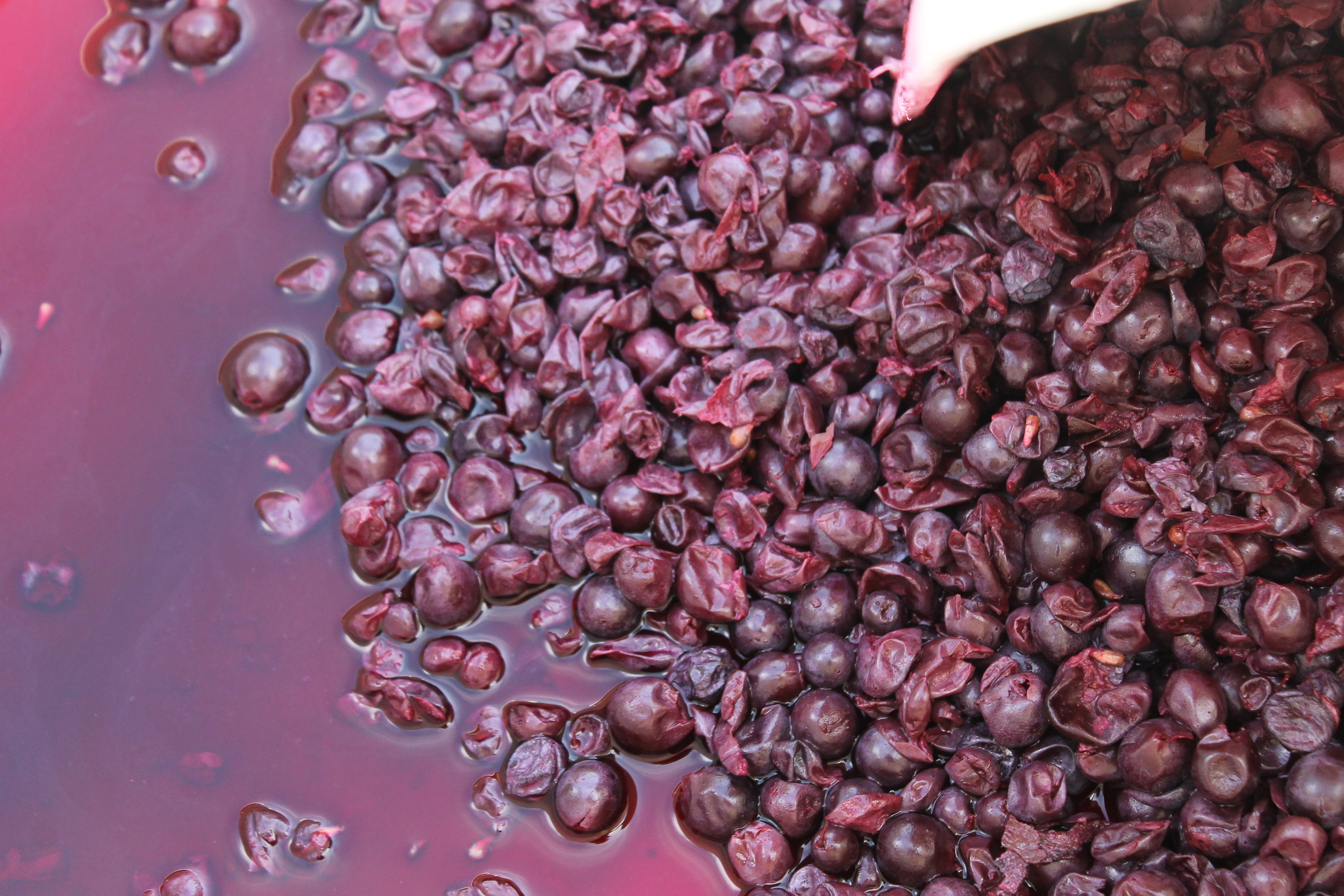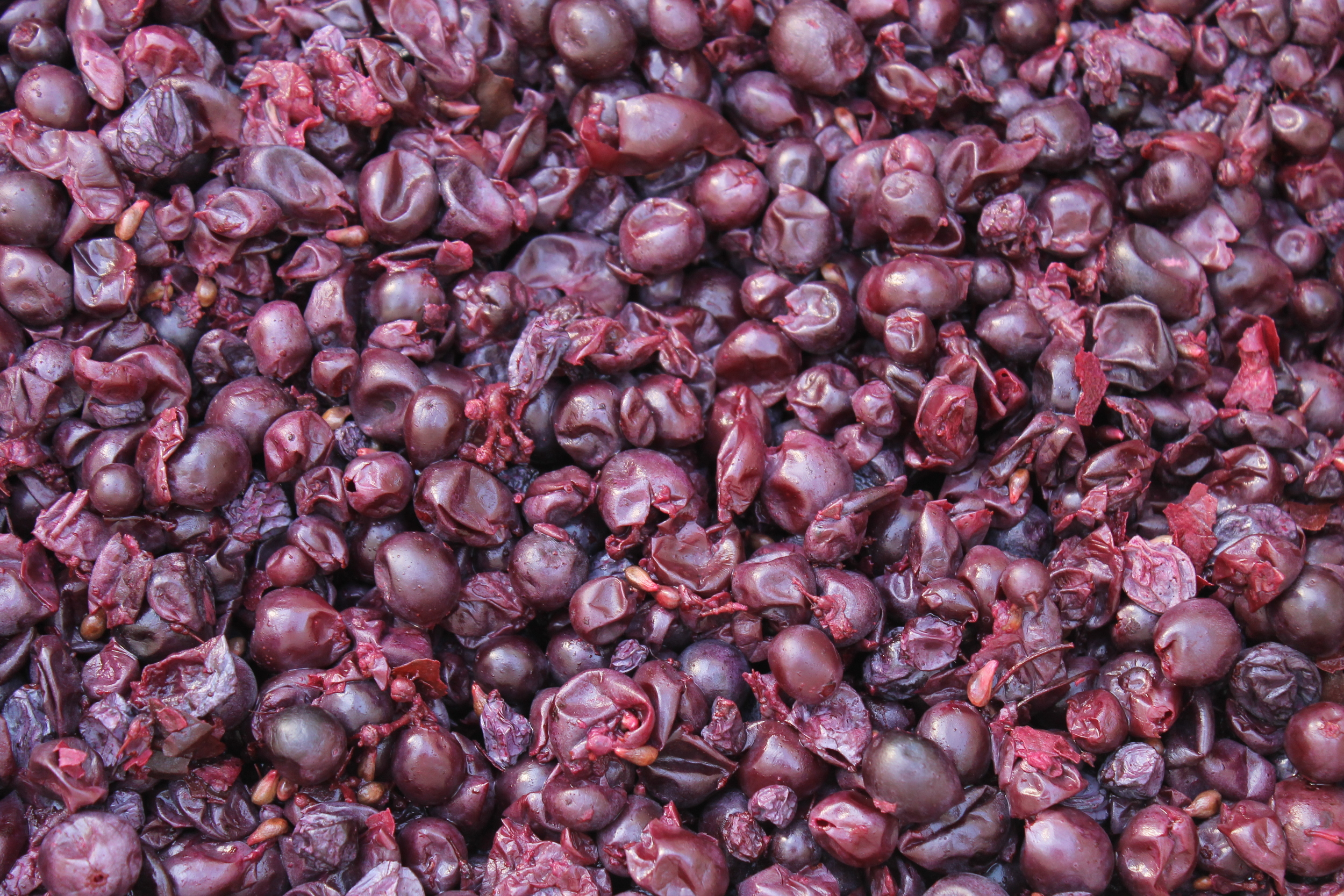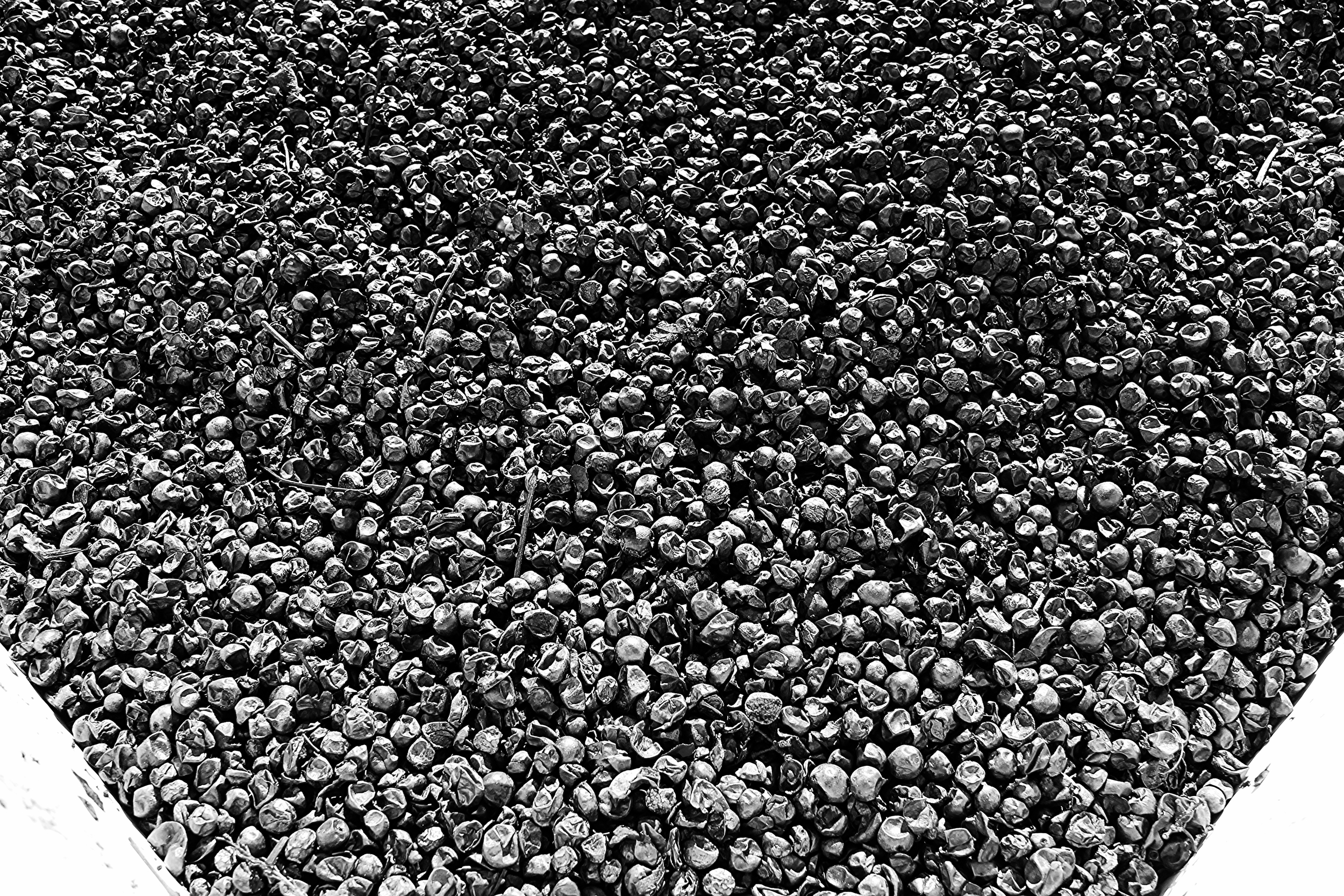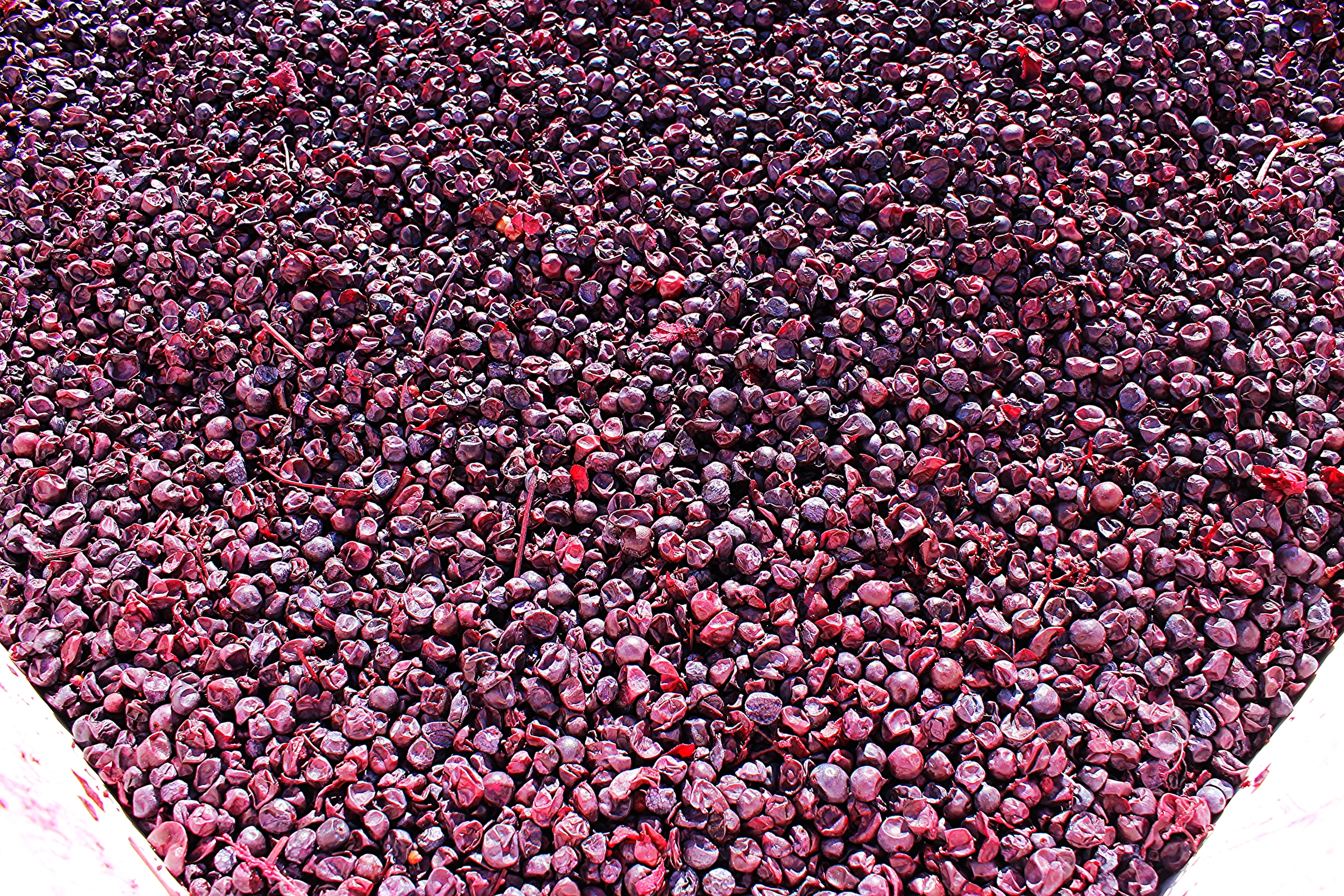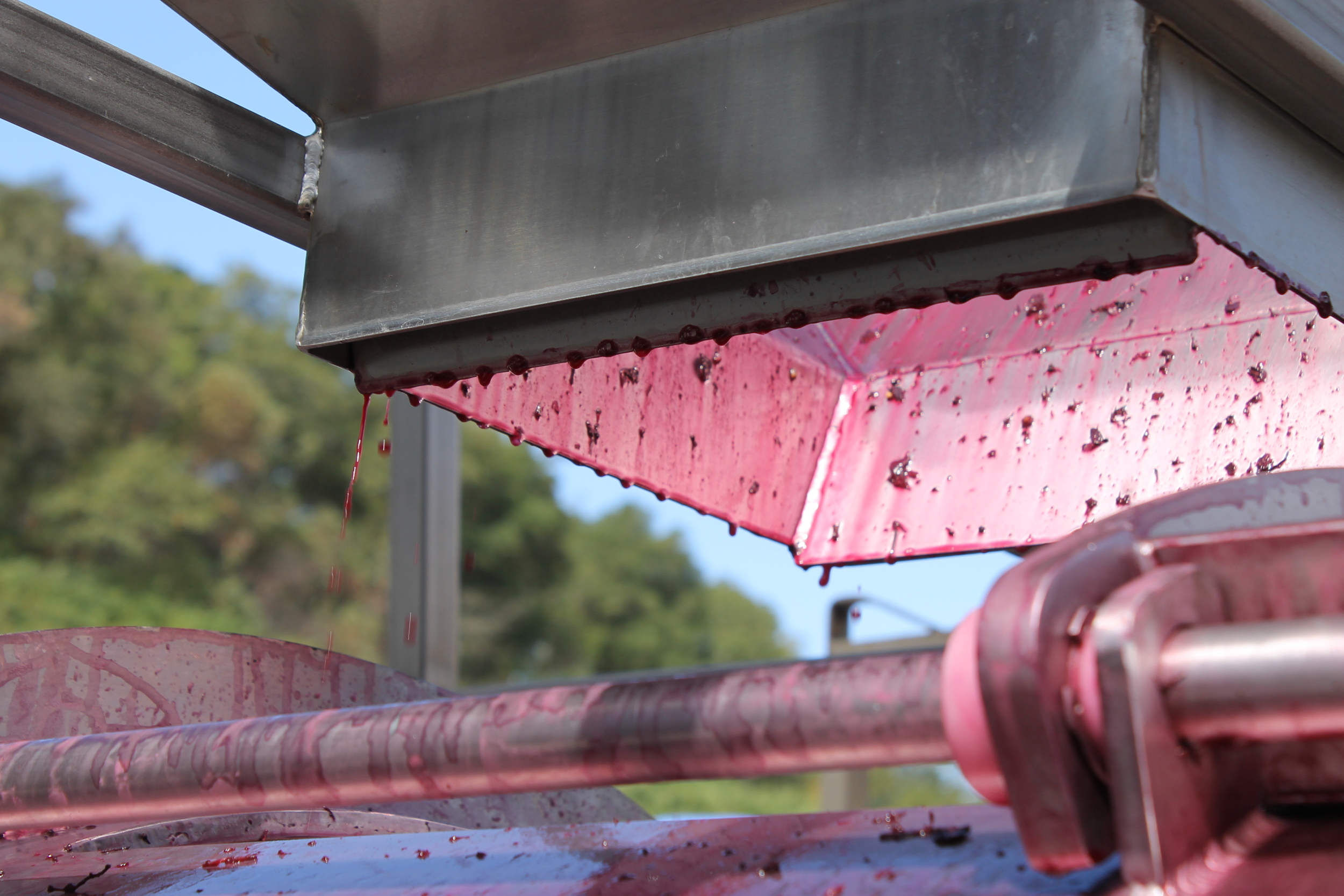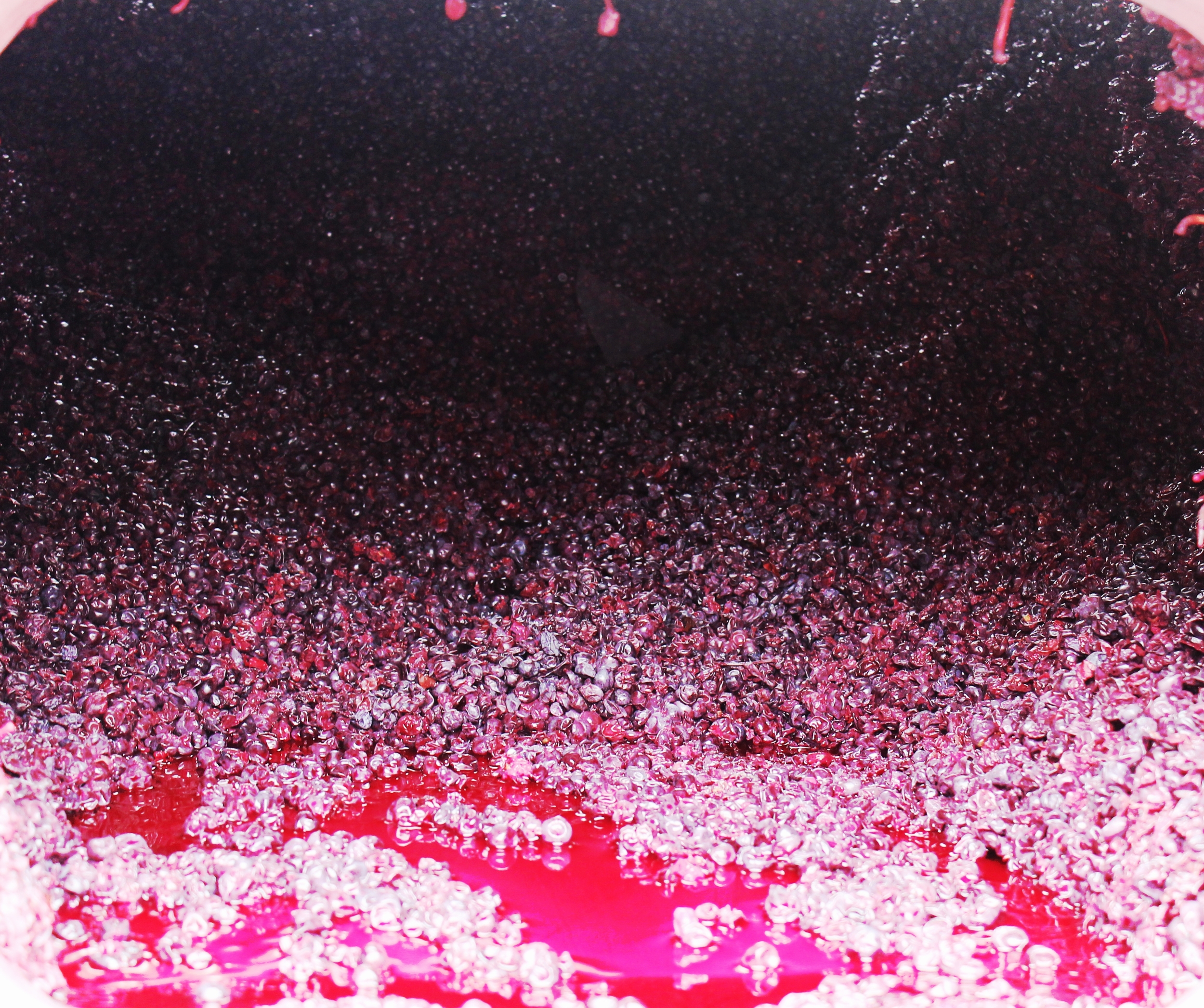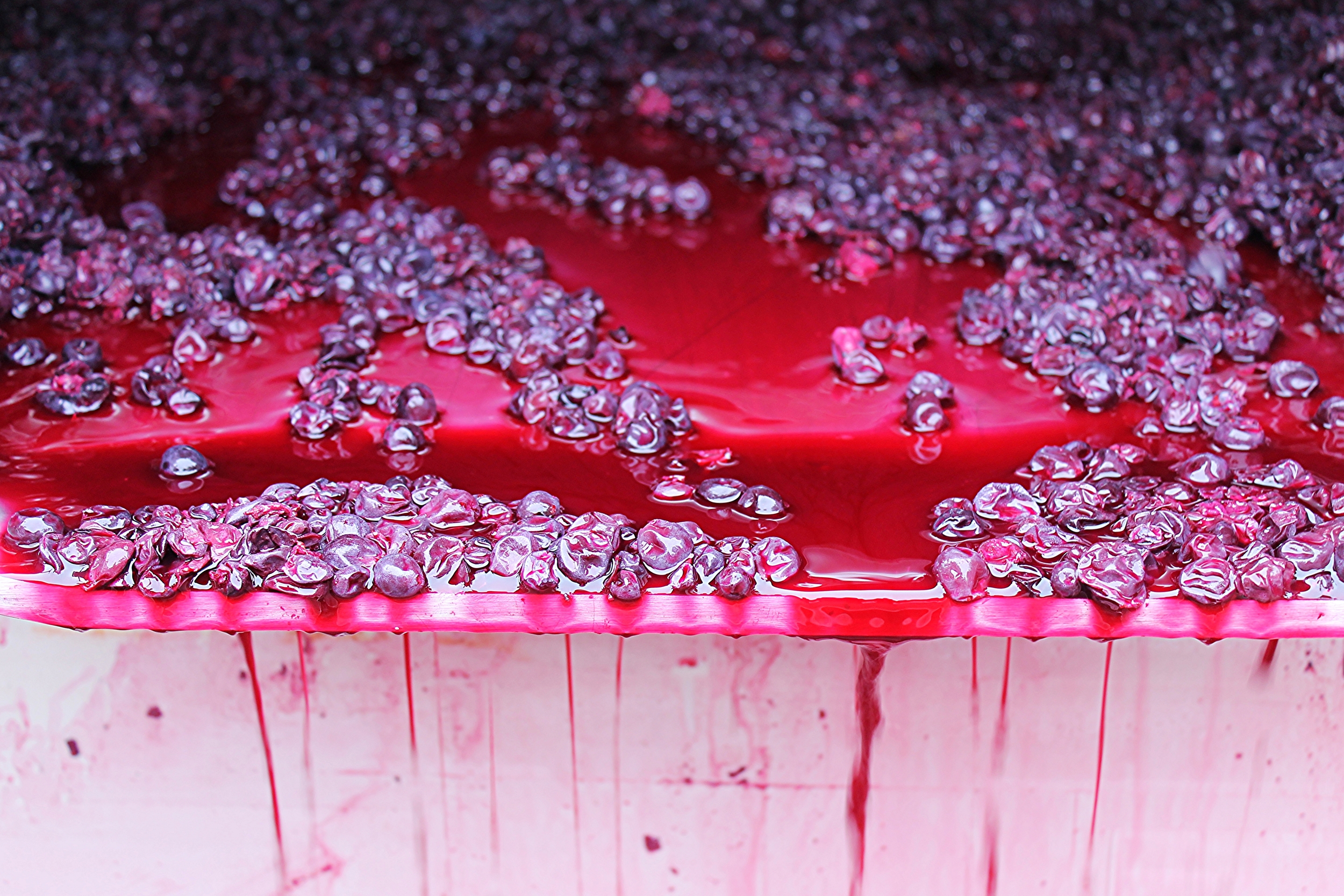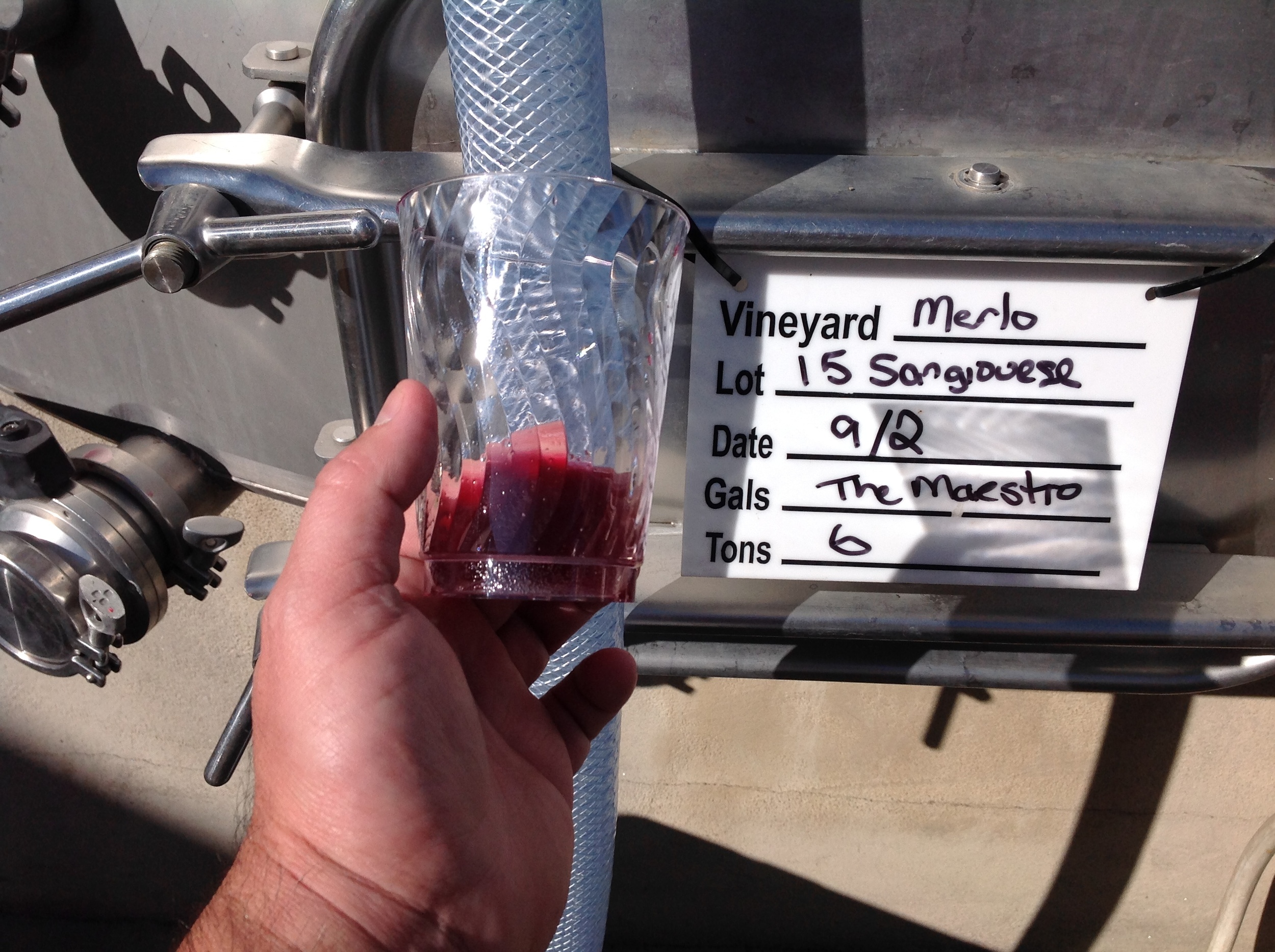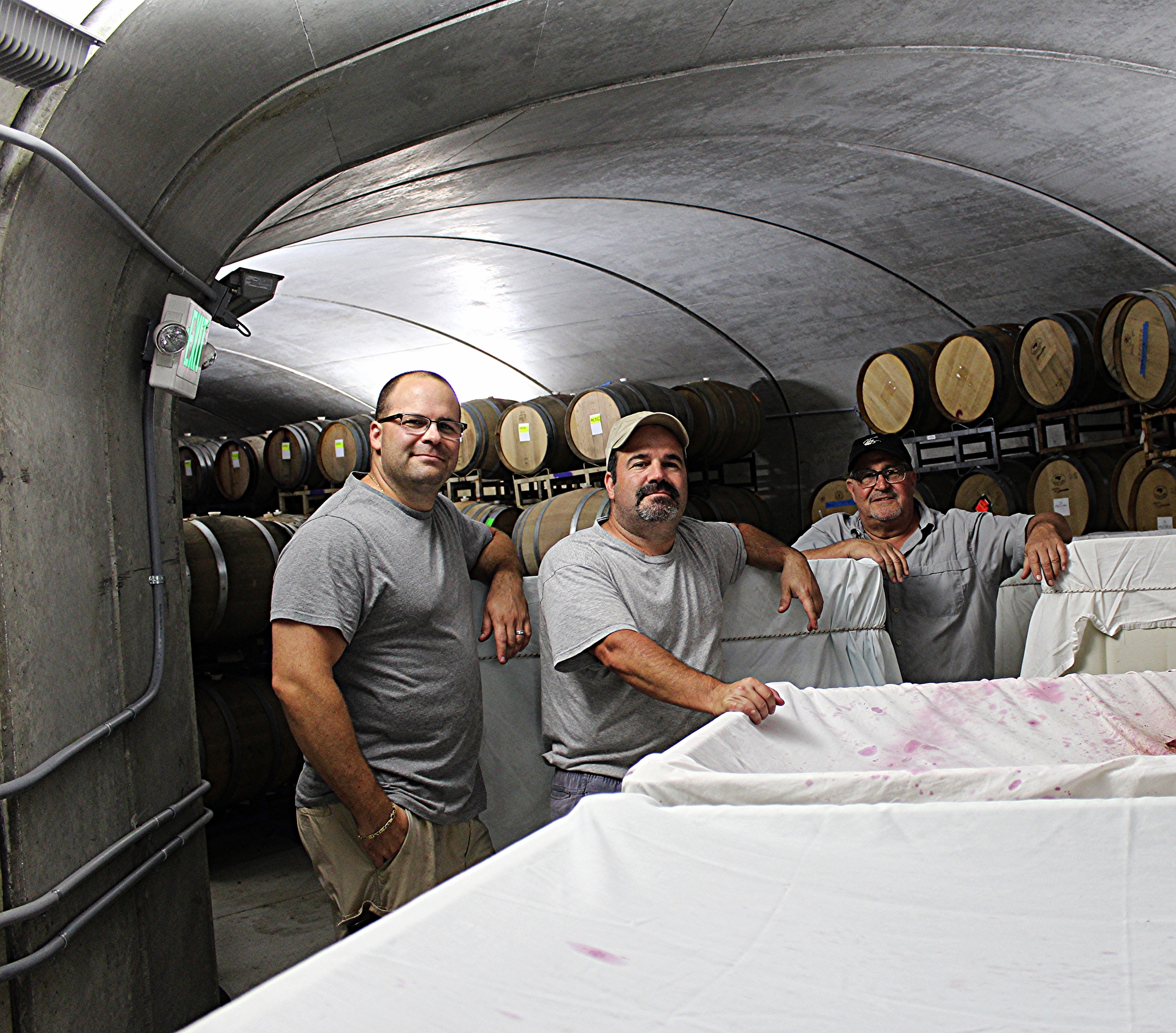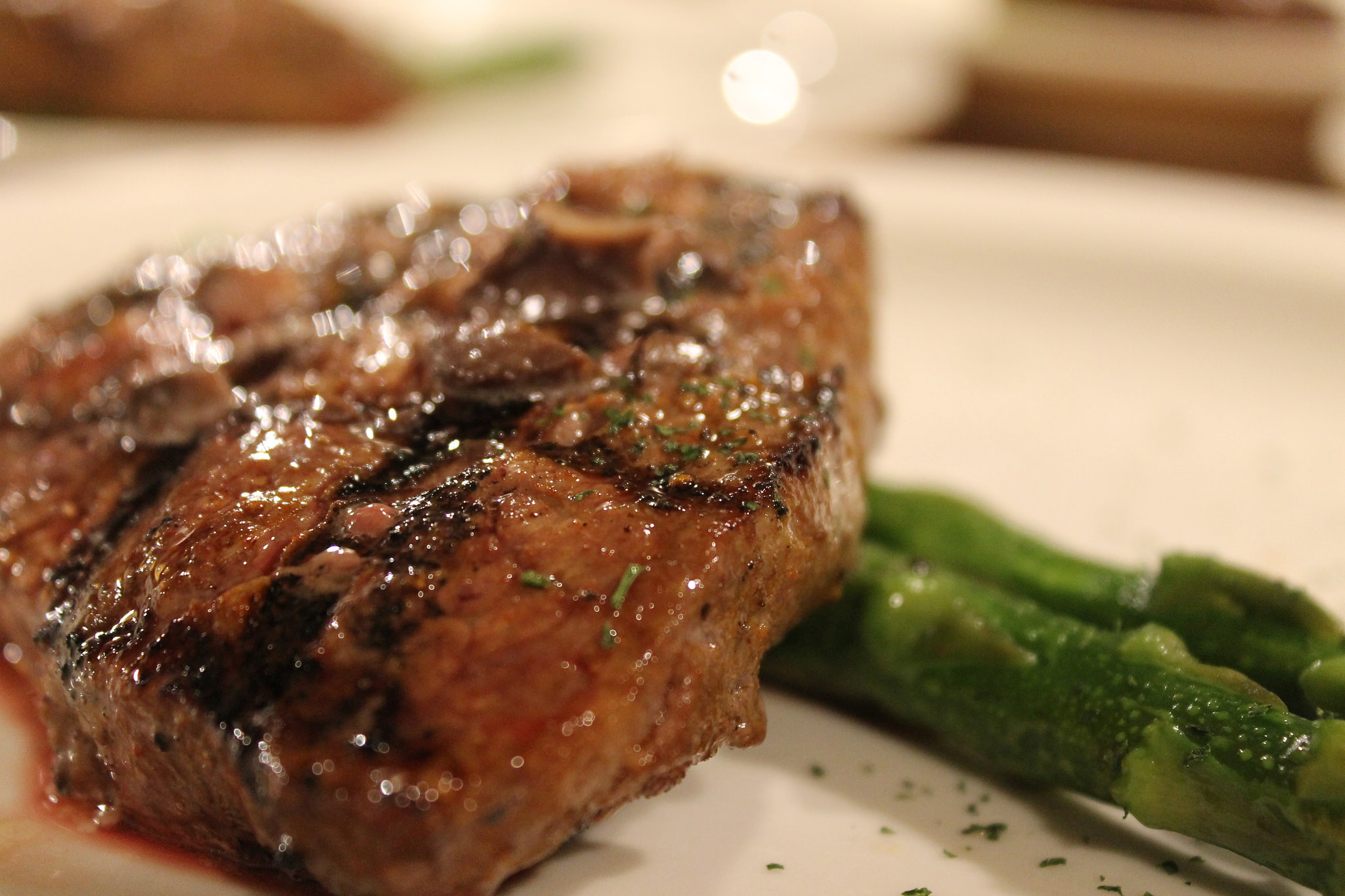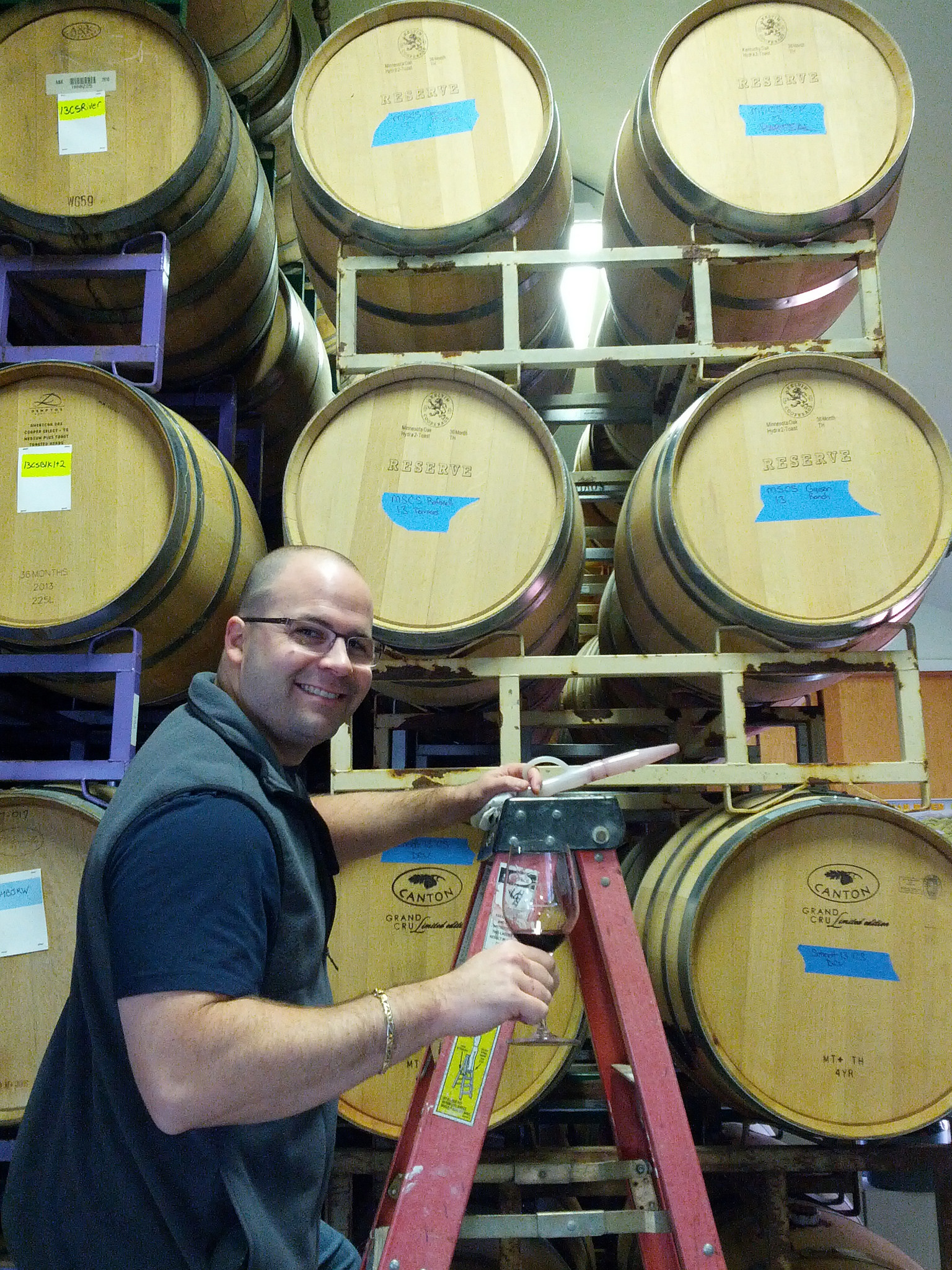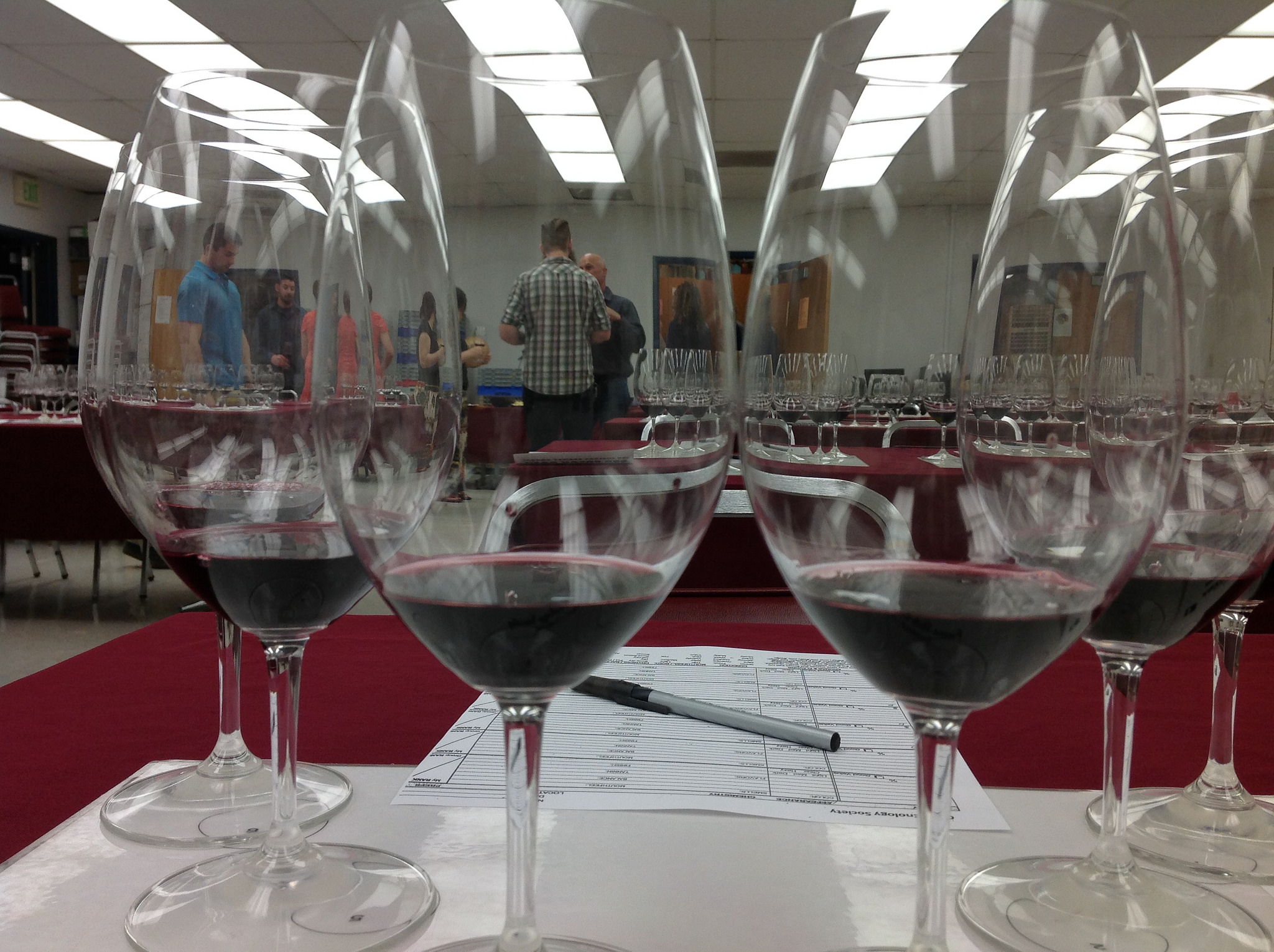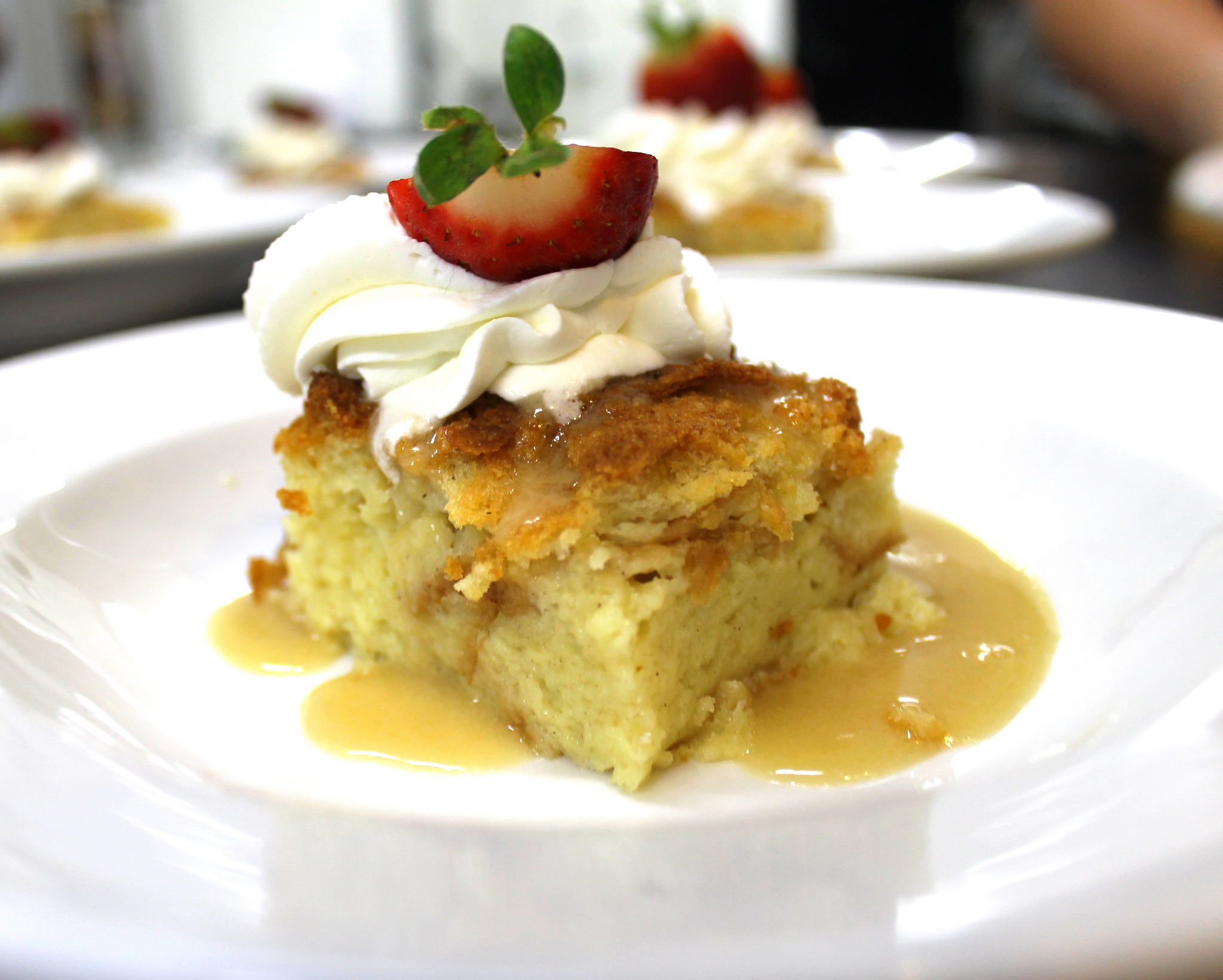I've received plenty of questions in the last couple days about the Signature Cabernet since the 2013 received 90 points.
The overwhelming difference between each of the Signature bottlings is the year harvested. 2011 was a leaner year, with more rainfall and less warm temperatures and longer hang time. 2012 was the “perfect” vintage, with virtually zero anomalous weather, plenty of warm sunshine and an abundance of fruit. 2013 was a drought year with significantly lower yields in every vineyard, thus higher concentration of fruit and flavors and picked a month ahead of the 2011.
With regard to vineyards used, in 2013, 100% of the Rafanelli crop was bottled into the 1-T-L series. The 1TL has always been a hand-selected lot of vineyard designate fruit since the first vintage in 2007 and therefore was not blended in the Signature bottling. Both the Signature and 1TL bottlings in 2013 received 90 points. The 1TL bottling is more concentrated and powerful than Signature in 2013, is pure Cabernet Sauvignon from Dry Creek Valley and a true example of terroir within a vineyard.
All three Signature wines are available, but with limited quantity, as I hold a certain portion back for retrospective tastings on development of each vintage and for wine dinner exclusives.
The Results: The 2011 wine shows more like a French styled Bordeaux wine, leaner with minerality and tobacco but without green characteristics. 2012 is the richly flavored California Cab so many people have come to identify with, while 2013 has become generous and velvety in style. Each wine will continue to develop in the bottle over the next 10 years.







